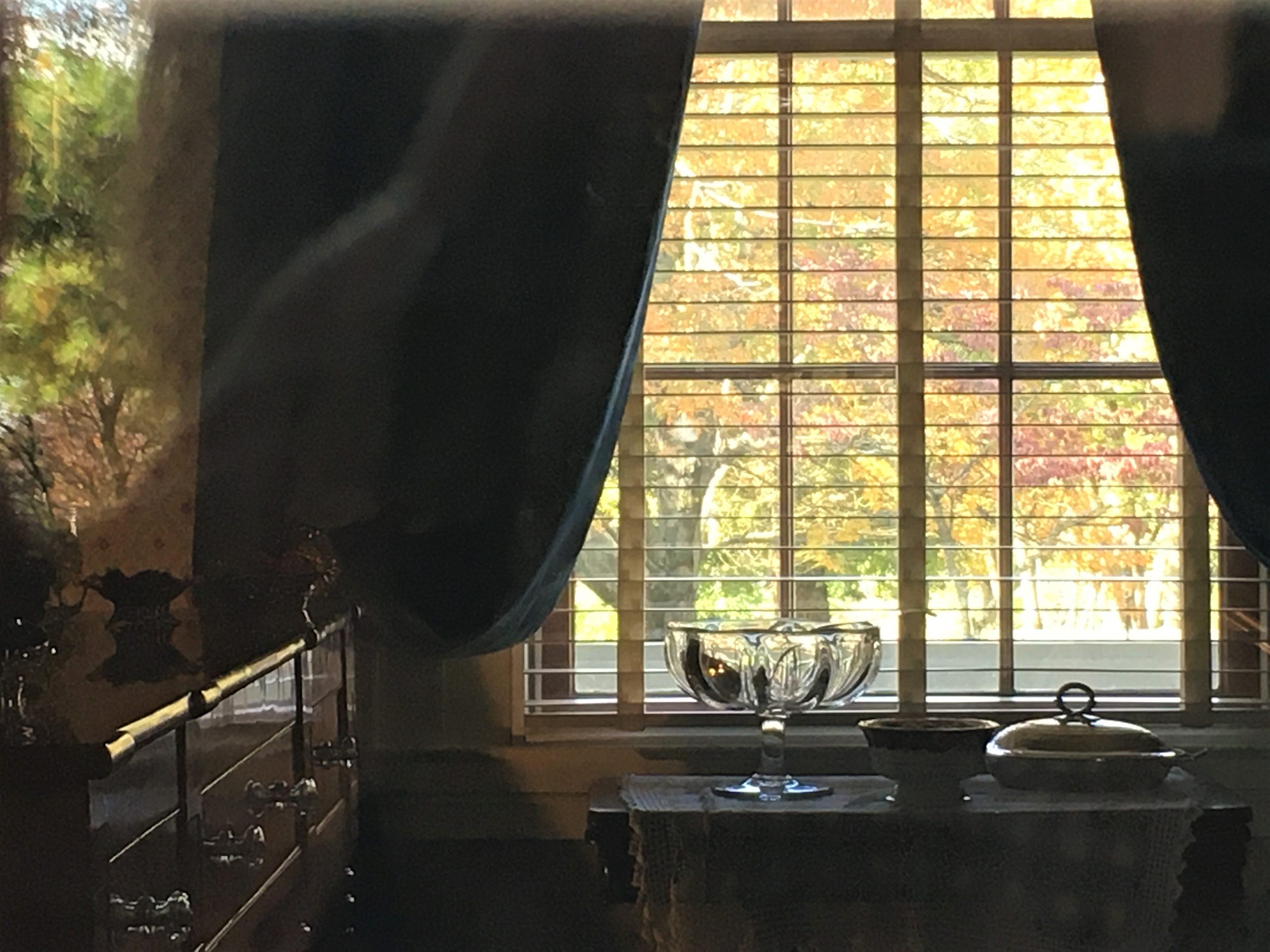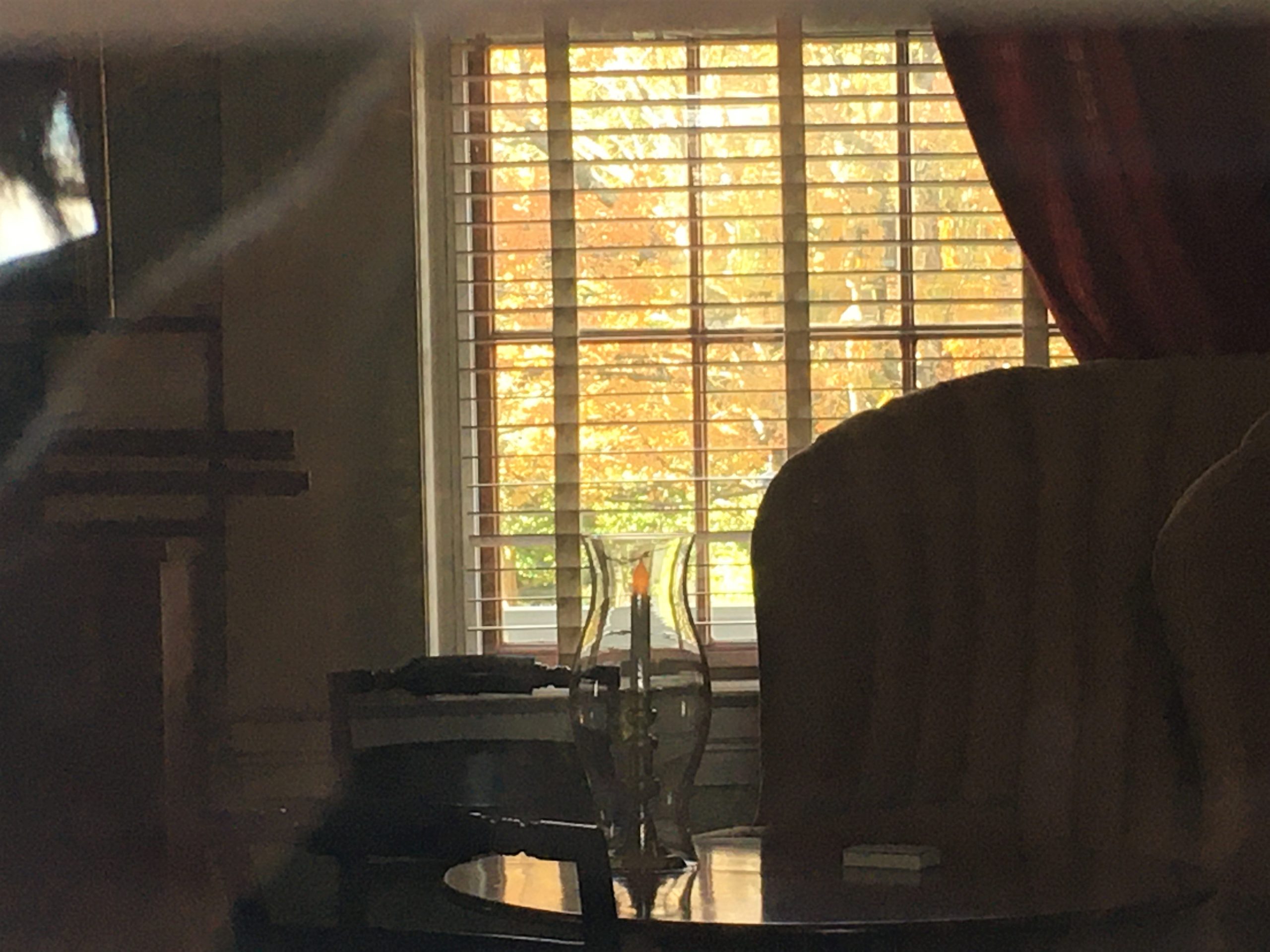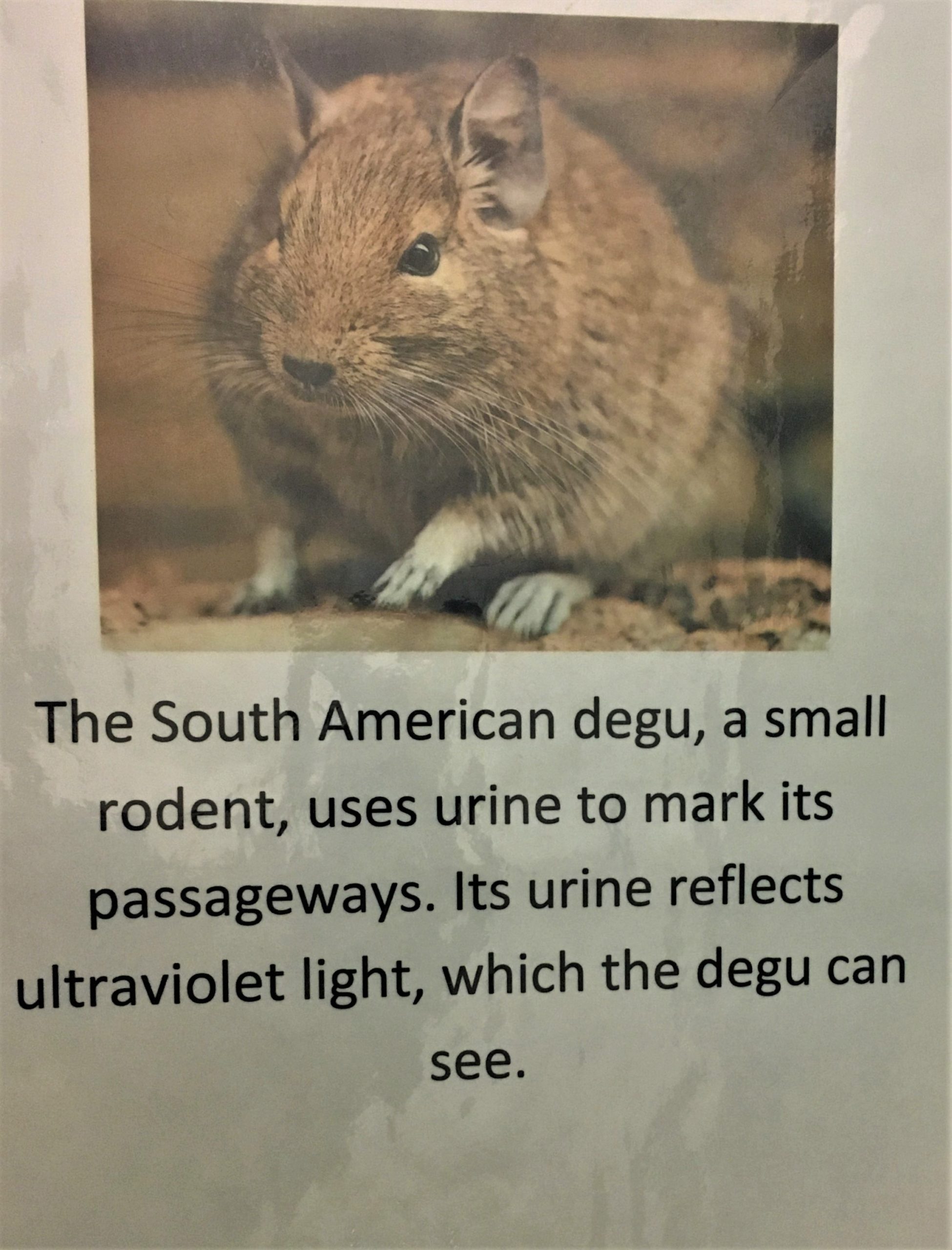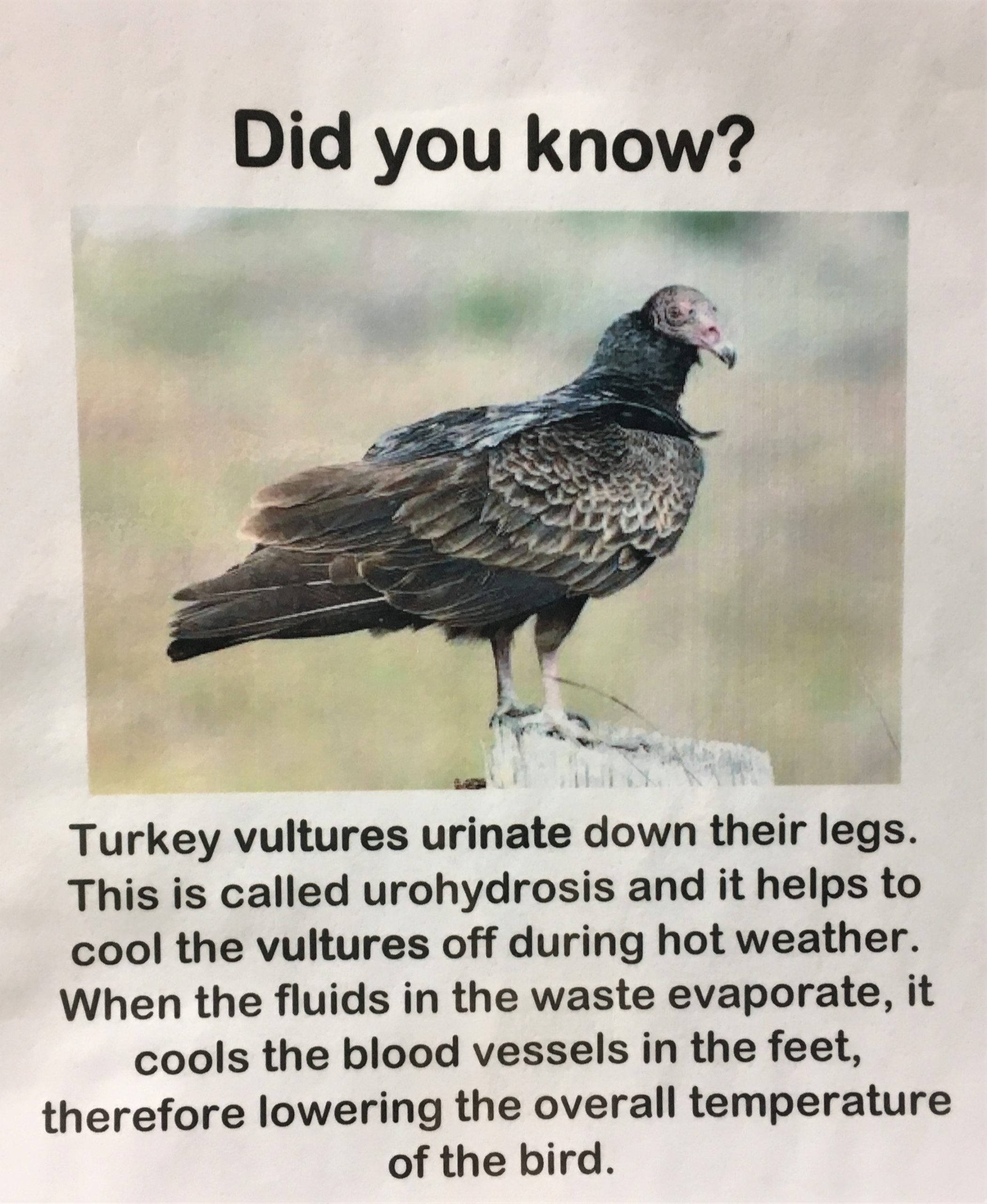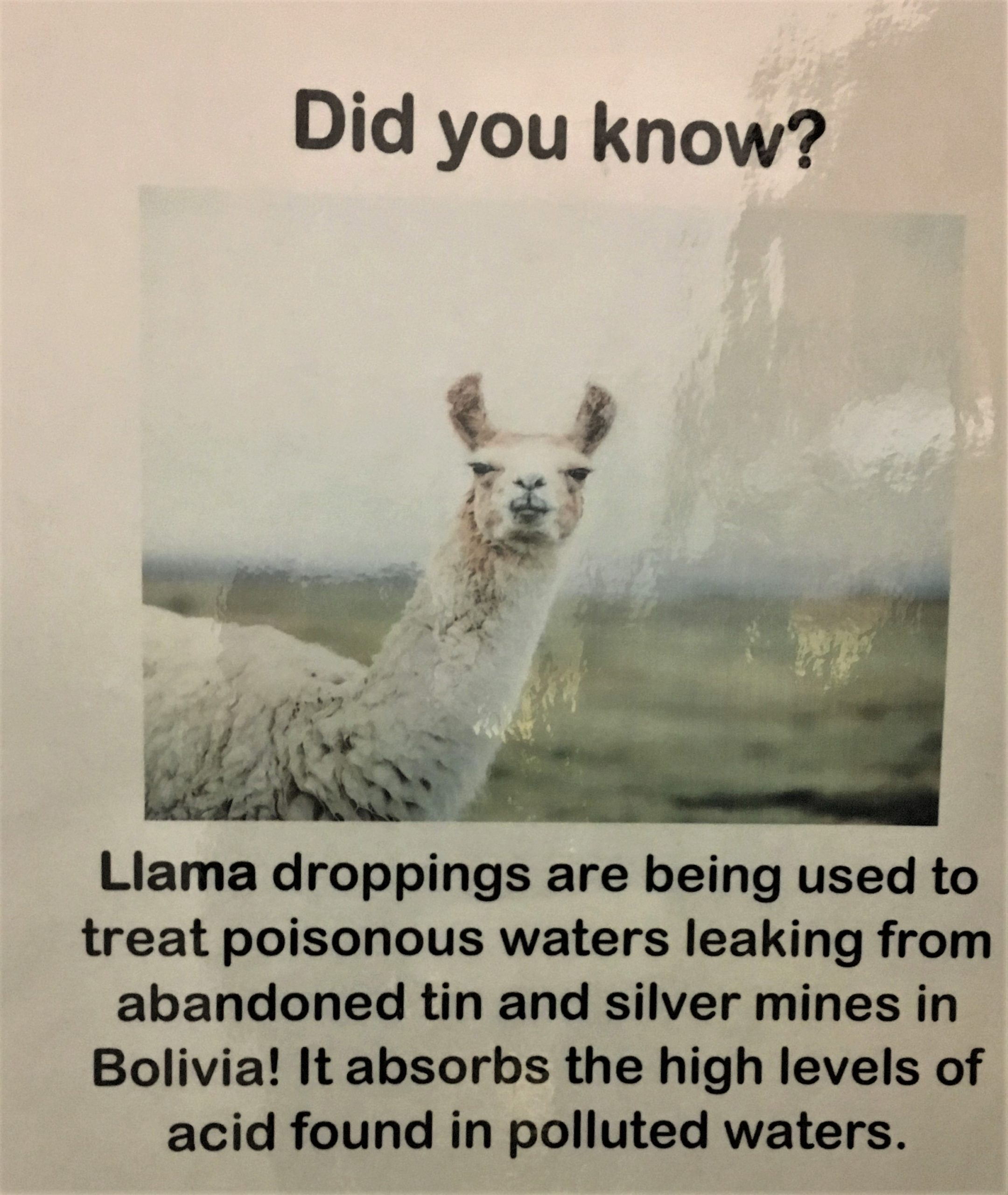Kentucky Horse Park, Lexington, Kentucky
Then Esau said, “Let us be on our way; I’ll accompany you.” ~ Genesis 33:12 Other versions say, ‘I’ll go ahead of you’ or ‘I’ll lead the way’. I wonder if Esau wanted to spend time with his long-lost brother, and maybe also go back home again to see his mother and father? Maybe he felt Jacob needed a guide since he’d been away for so long? Whatever the reason, he’s willing to spend a lot of time away from home, as the journey is about 100 miles from where they are now, and another 100 miles for Esau to get home.

Today, we crossed three other things off our ‘list of things to do’.
First up, we drove to a place called Waveland Museum State Historic Site. Unfortunately, I’d read the website wrong, and we soon discovered that the place is only open for tea on Tuesdays. They actually close the house October 31st. Bummer! And while we may have been able to slide in for the tea, it was super expensive (in our humble opinion). So instead, we just walked around the grounds and peeked in a few windows.
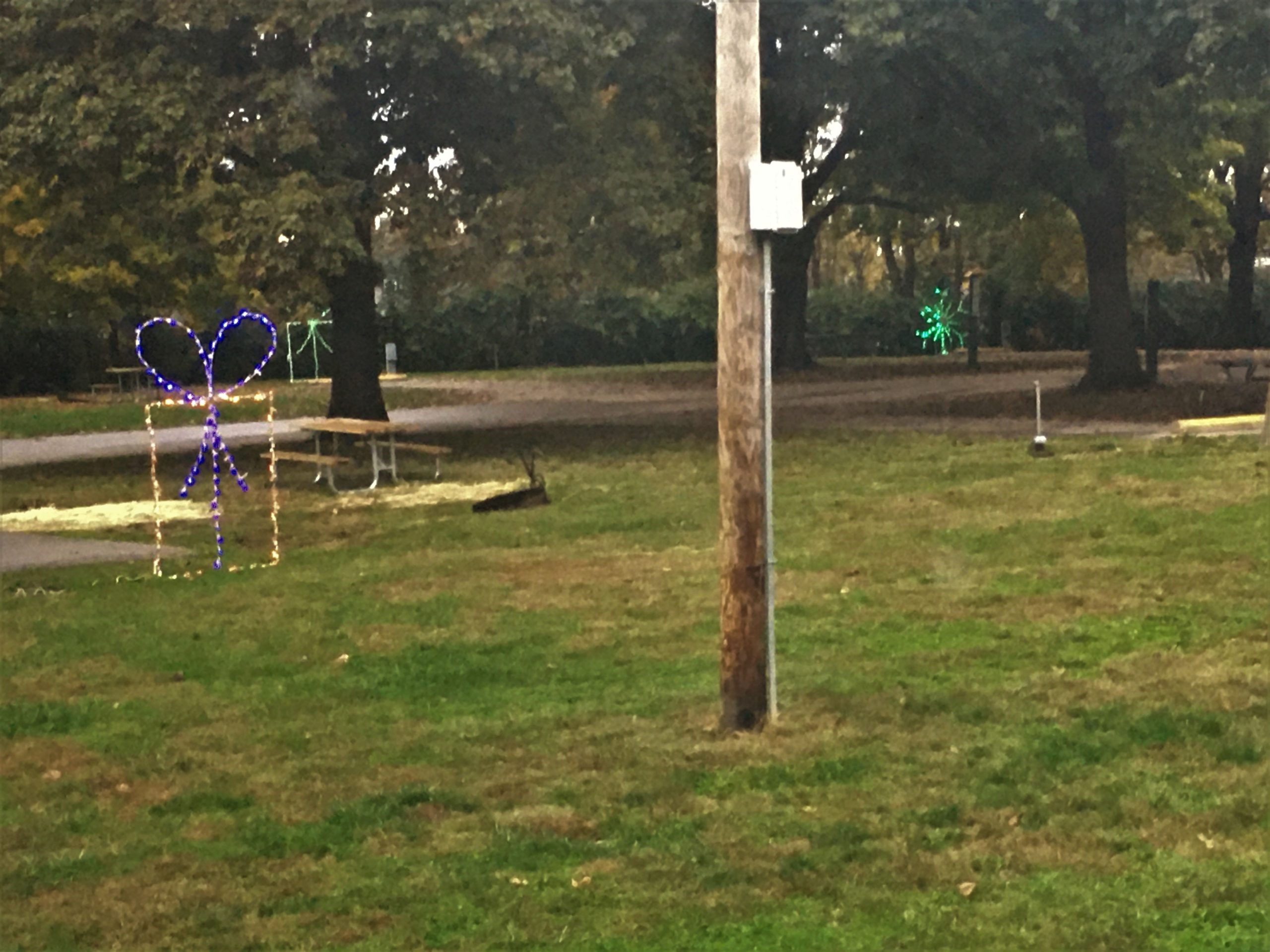
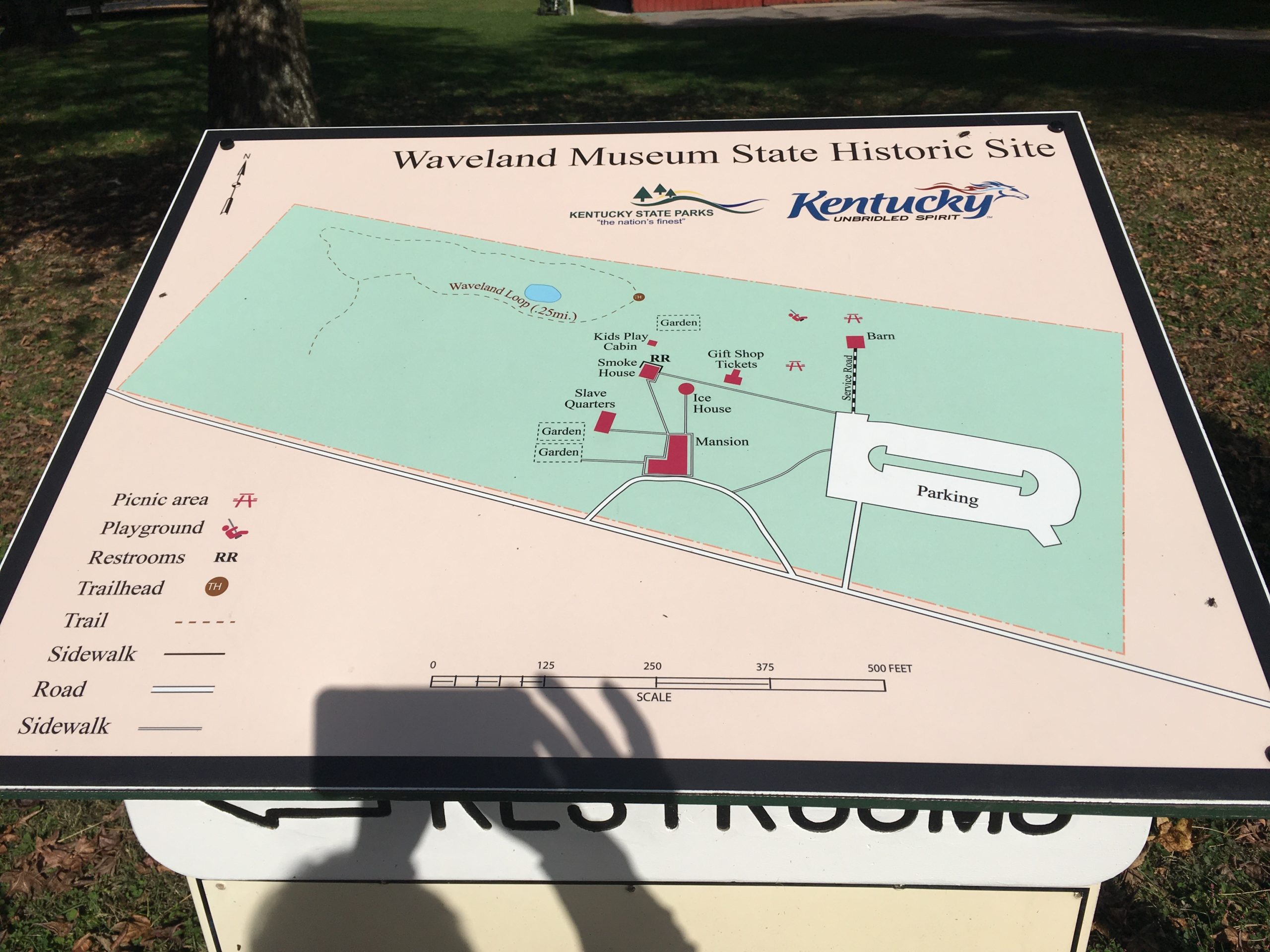
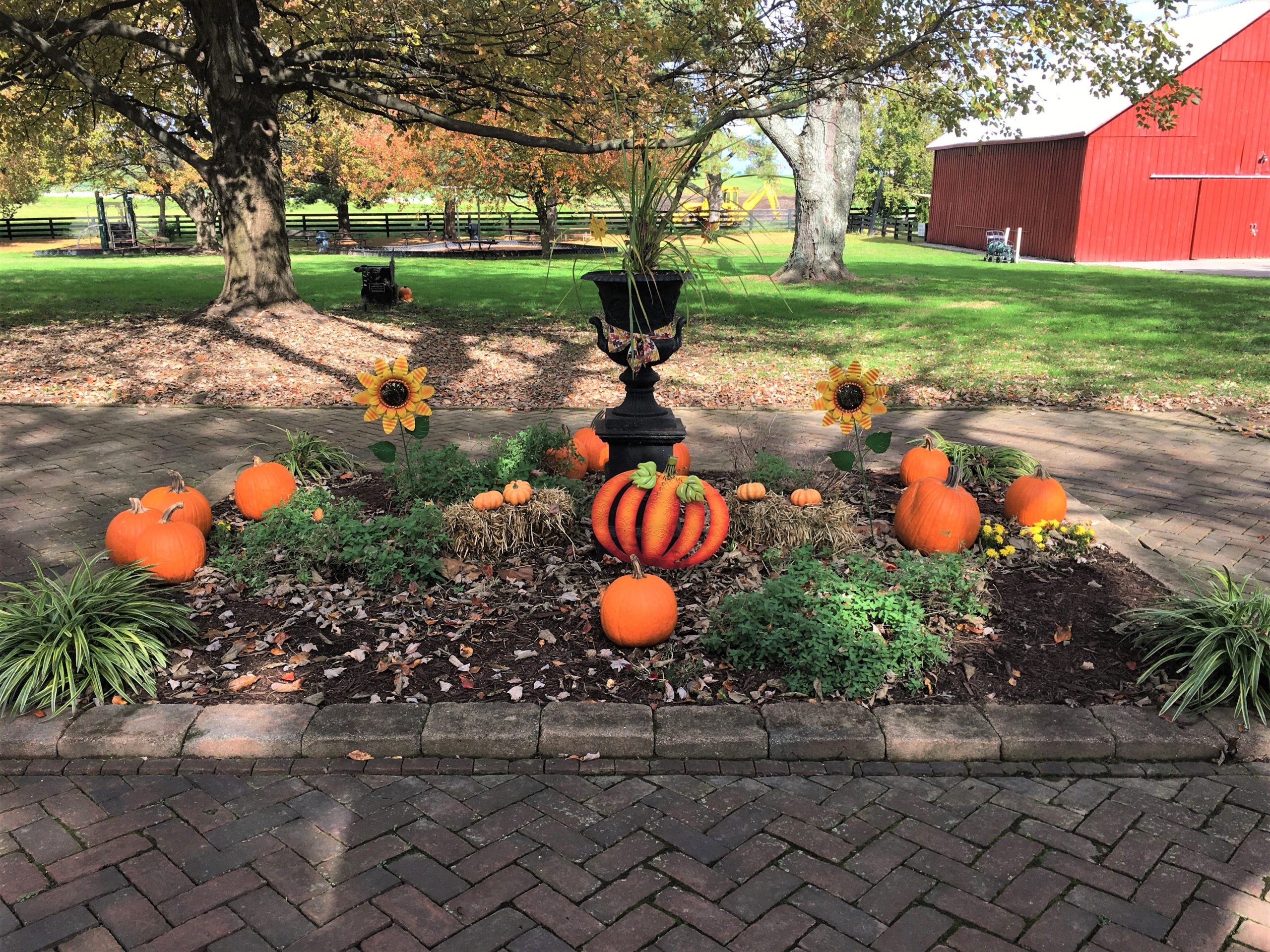
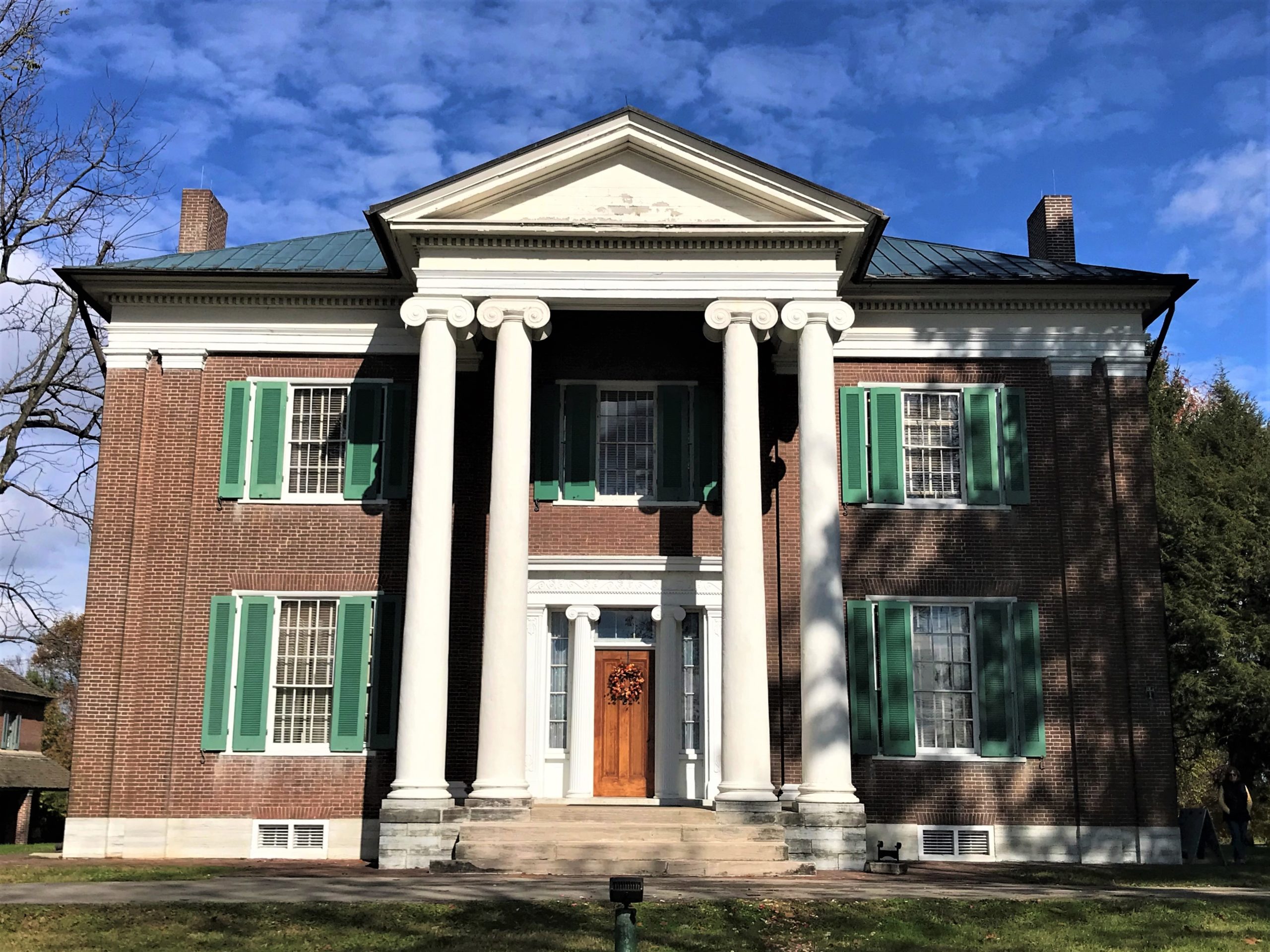
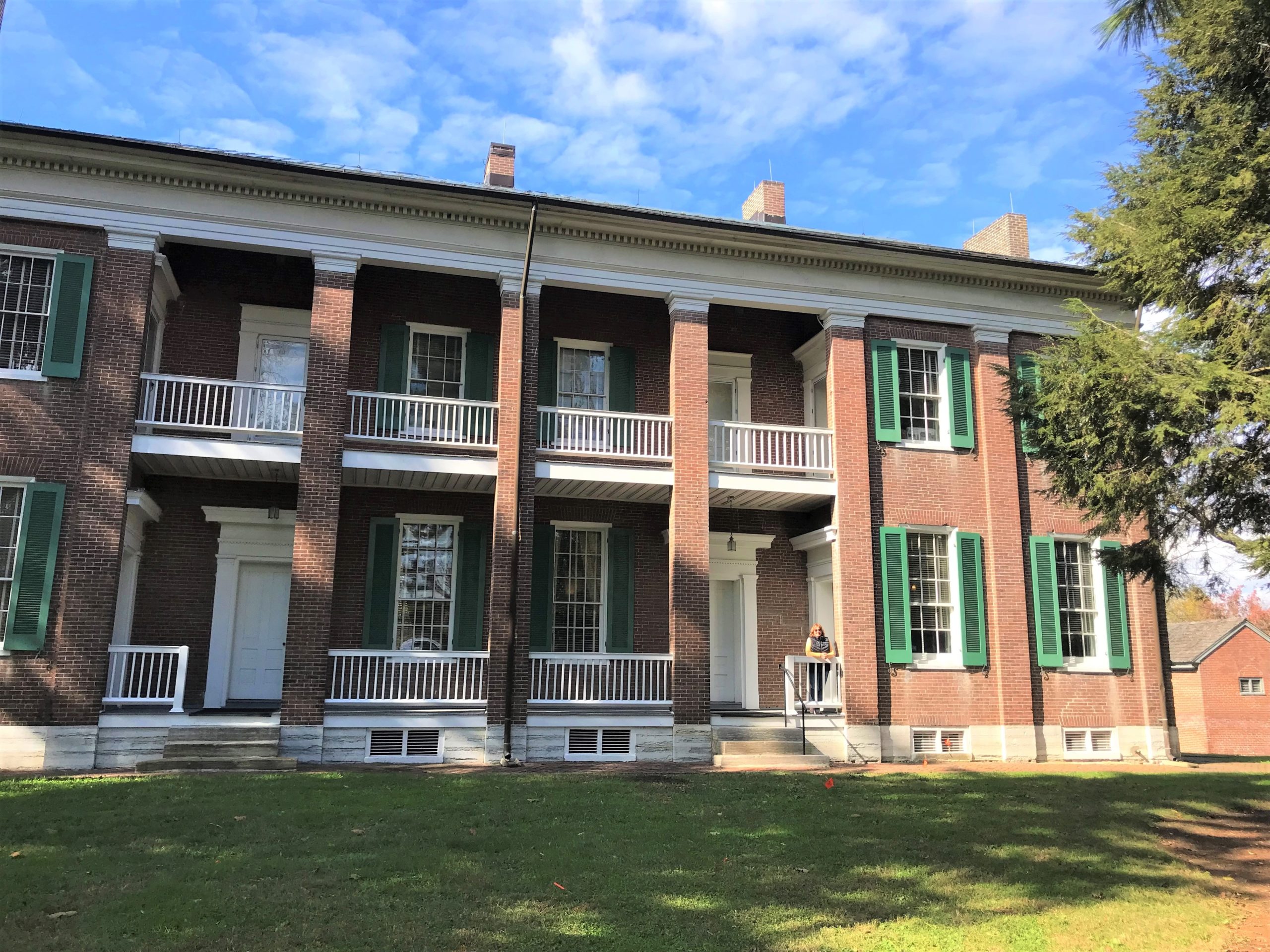
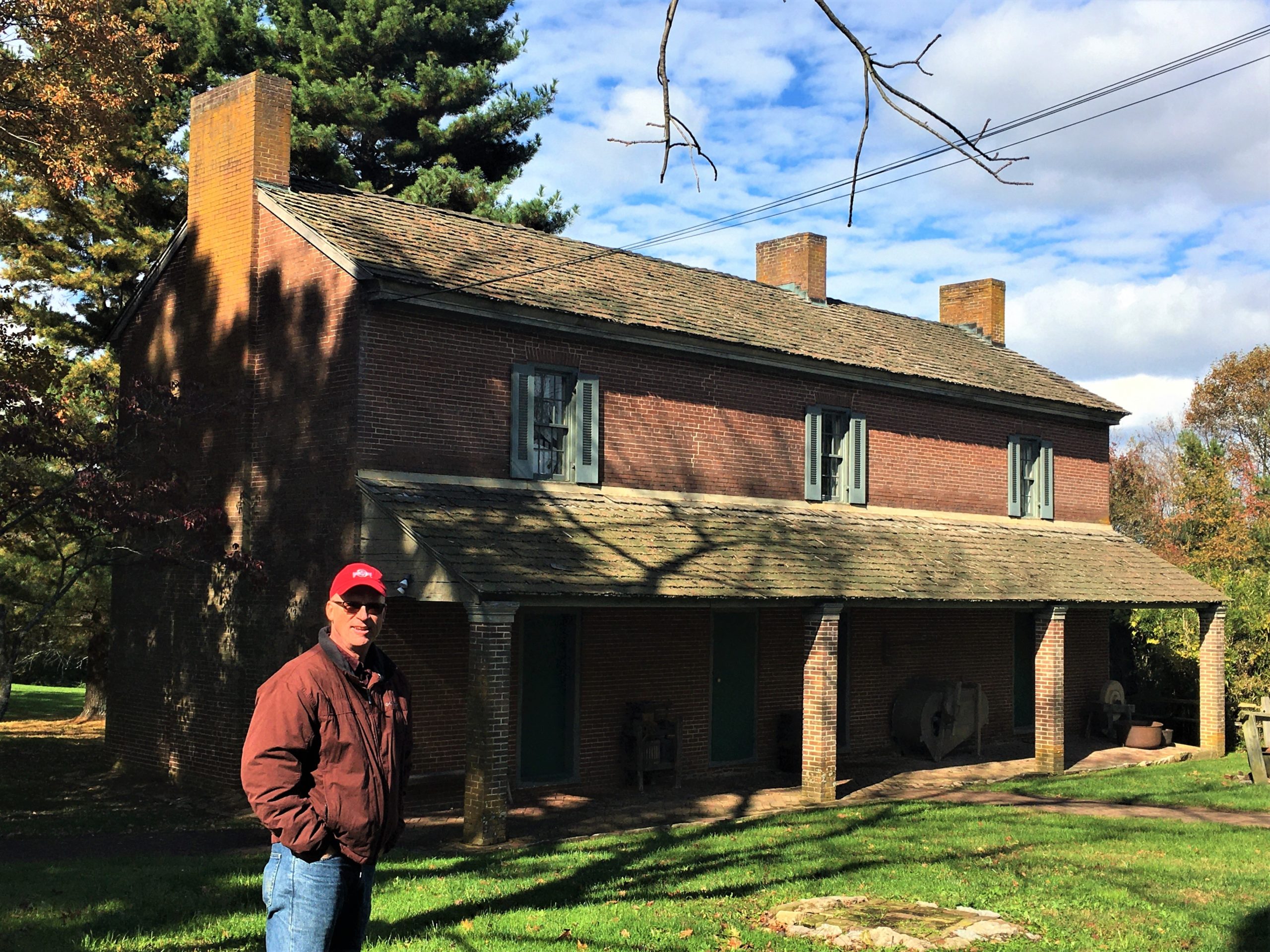
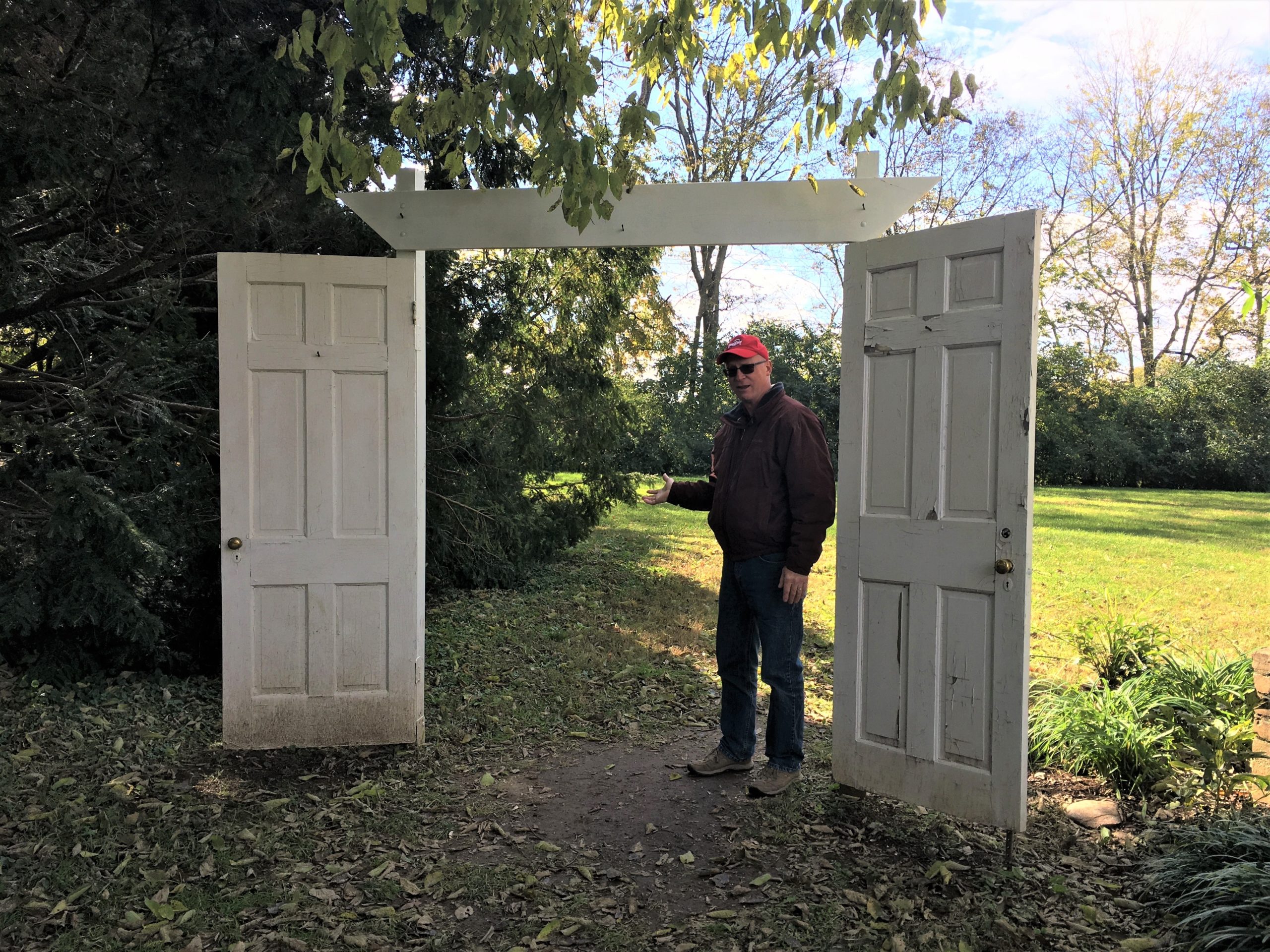
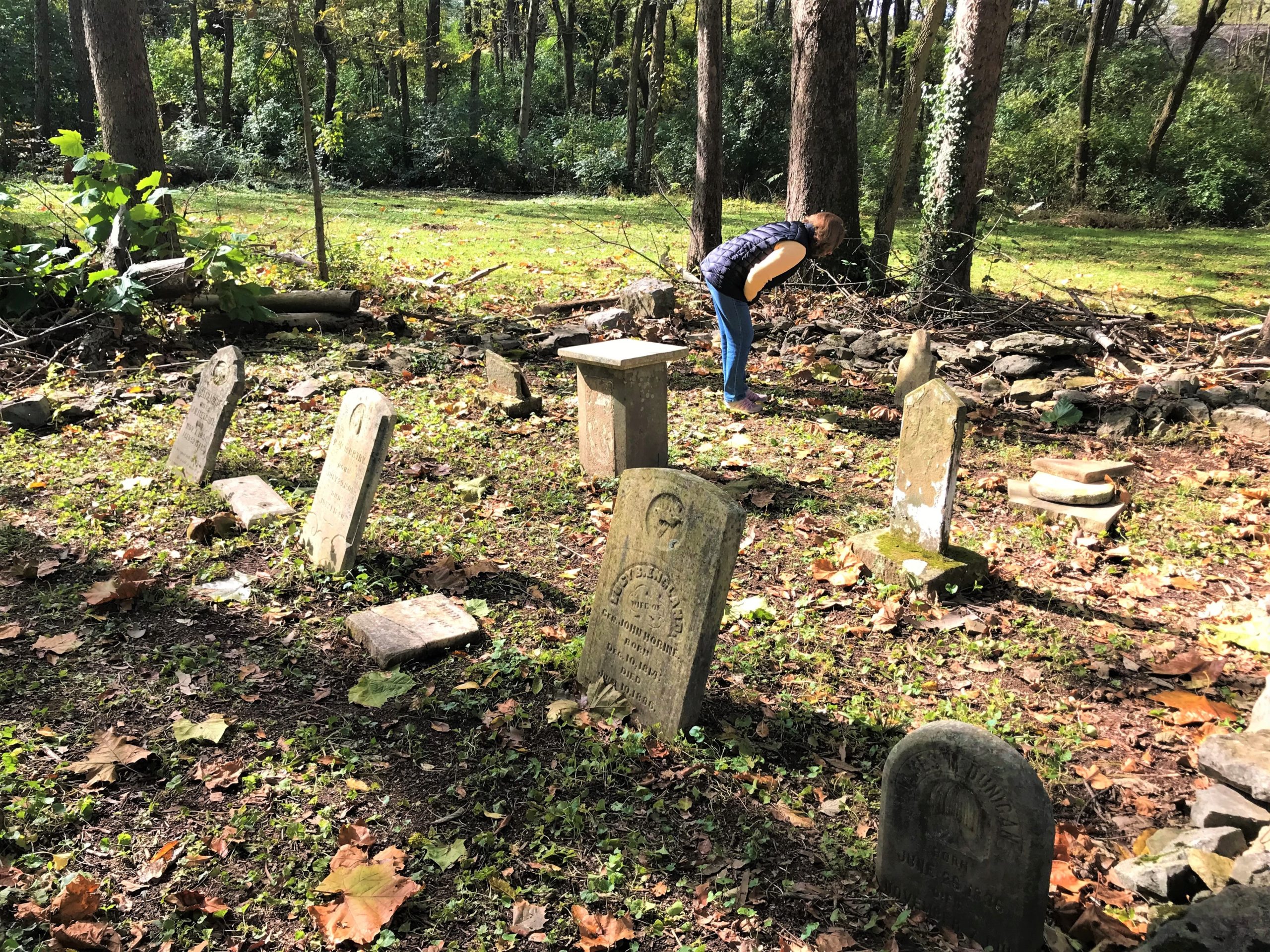
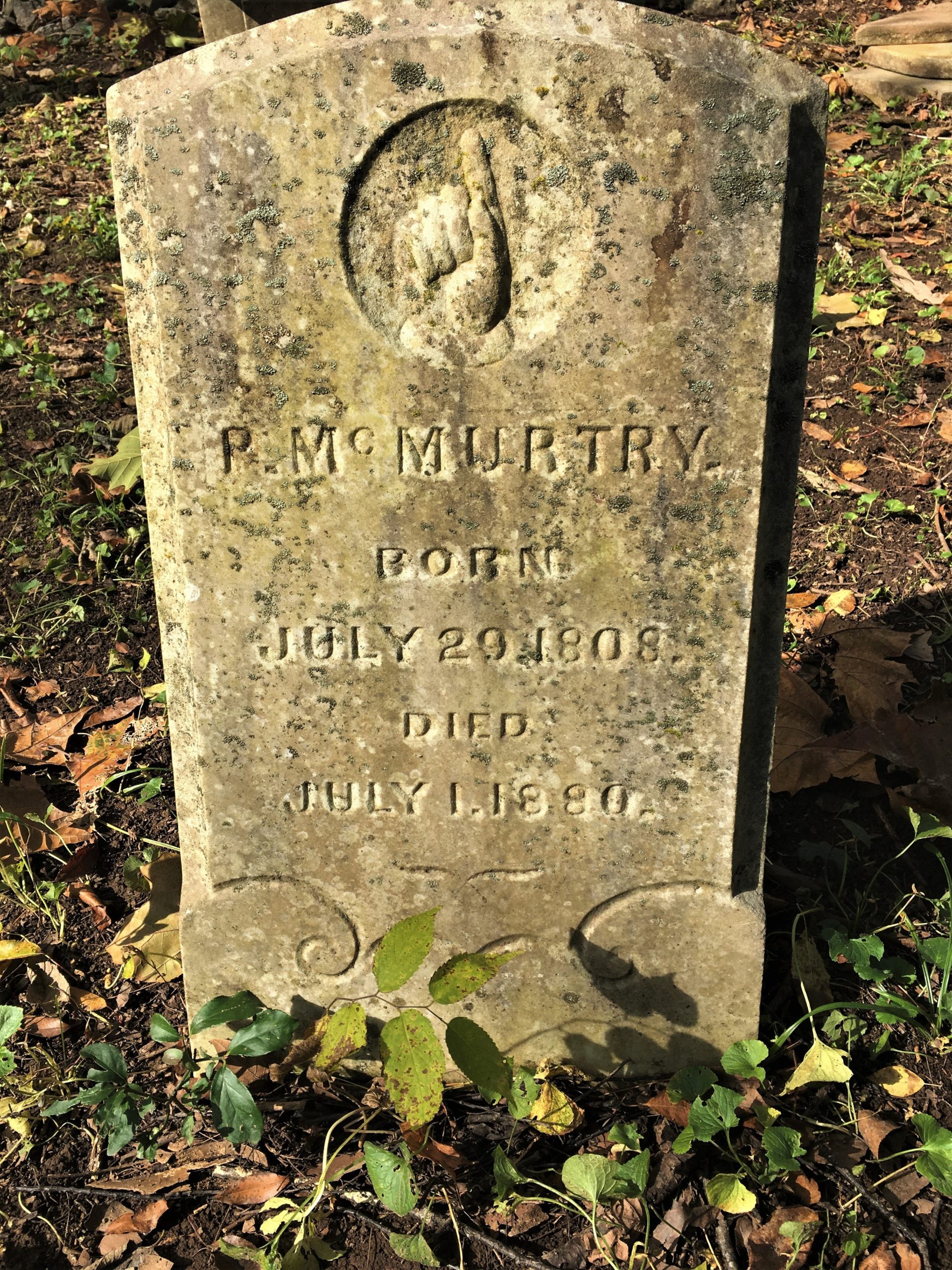
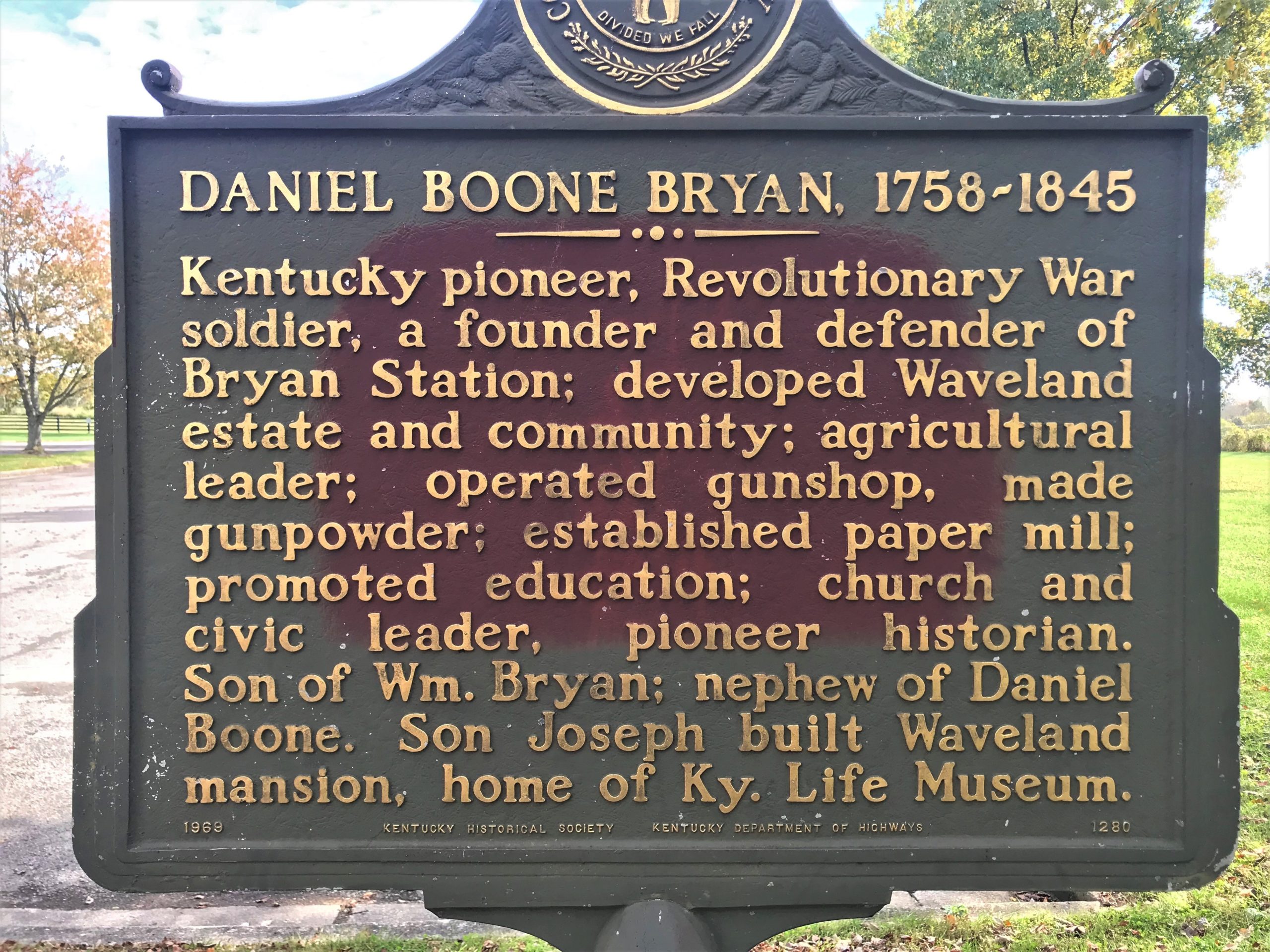
There wasn’t much information available about the property, but I looked the place up on-line and found the following on Wikipedia:
The Daniel Boone and William Bryan families met in the Yadkin River valley, North Carolina, where they lived near each other. William Bryan married Mary Boone, a sister of Daniel Boone. William and Mary had a son, Daniel Boone Bryan. Daniel Boone surveyed the land in what became Kentucky that he would give to his nephew, Daniel Boone Bryan. The young man became known as a historian, frontiersman, and poet. Boone surveyed a large area of about 2,000 acres about six miles from present-day downtown Lexington, Kentucky.
Daniel Boone Bryan
Daniel Boone Bryan settled this land around 1786. The property was later named Waveland for the appearance of the fields of grain and hemp when the wind blew through them. Central Kentucky, known as the Bluegrass Region, had the largest hemp and rope producers of the nation in the nineteenth century. When Bryan first moved to his property, he built a small stone cabin.
Joseph Bryan
Daniel Boone Bryan’s son, Joseph, inherited Waveland and constructed the Big House of the plantation about 1844 to 1848. He had married Elizabeth, and they eventually had twelve children together.
The Bryans were slaveholders. They held thirteen slaves, three women and ten men. The women conducted all the domestic work of cleaning the house, laundering and ironing clothes and linens, as well as to process meat and produce, and do all the cooking. Margaret Cartmell Bryan, Joseph’s wife, made the clothing for the slaves and for her own family. The invention of the sewing machine significantly reduced the time it took her to make clothing.
The male slaves worked the farm. Each one had to keep 20 acres (8.1 ha) of land. In order to save time traveling, the Bryans allowed the slaves to build houses on the property they kept. The slaves at Waveland enjoyed freedoms that were uncommon for other slaves of the day. When they were not working, they were allowed to hunt for themselves. They were also allowed to buy and sell produce, meat and other goods at the local markets, and to keep any profits. Joseph Bryan allowed the slaves to keep weapons. The slave quarters were two bricks thick, making them better insulated than many homes in Kentucky.
Joseph Bryan supported the Confederacy during the Civil War and gave them supplies such as horses and food produced on his land. When Union authorities discovered this, they sought to arrest him. Bryan fled to Canada, returning years later after the war had ended. The slaves at Waveland were emancipated at war’s end, but most chose to stay and continue working for Bryan. He paid them for their labor, and charged them rent.
Joseph Henry Bryan, one of Bryan’s eleven children, lost his house, so he and his wife and children moved back into Waveland with his father. Eventually, Joseph Bryan, Sr. moved out, leaving Joseph Henry Bryan as the owner of Waveland.
He developed horse racing stock and established Waveland as one of the premier thoroughbred and standardbred (trotters) farms in Kentucky. Waveland produced some great horses such as “Waveland Chief”, “Ben-Hur”, “Eric”, “Olaf” and “Wild Rake”, who never lost a heat and was sold to William Rockefeller for $7800 in the 1880s. Joseph Henry Bryan also built a race track across from the mansion. He and other businessmen watched the races from near the track. This was not considered a suitable environment for women of their class, and Bryan’s wife, daughters and female guests would often go up to the top floor of the house and watch the races with their binoculars.
Joseph Henry Bryan was a notorious gambler. In less than seven years, he lost over one million dollars. Another family member had to sell their home so that they could try to keep Joseph Henry Bryan from losing the Waveland property. Eventually, however, Bryan was unable to pay his debt. For this, he was never forgiven by his family. He had to sell the house at auction just to try to pay off his debt.
Salle A. Scott bought Waveland in 1894. She sold the property in 1899 to James A Hullet. In 1956, the Commonwealth of Kentucky bought the house and about 200 acres of the original 2,000 acres for preservation (the house) and use by the University of Kentucky of the larger farmland for research and experimental agriculture.
History is often so interesting!
The other thing we missed out on here at Waveland was their Halloween special –

So I decided to do a little research on my own, because, Gee, I have nothing else to spend my time on, she said sarcastically! What can I say? It just really intrigued me! I found a lot of information from various sources, so much that I decided it should be a Special Edition, so you can read about it if you’re interested, and if not, you can skip it. 😊
Now back to our day.
We left Waveland and found our way over to a 26-acre Lexington city park called McConnell Springs. It was supposed to have springs similar to those we’ve checked out in Florida. There was a place called the Blue Hole, but it wasn’t anything like the one we saw down south. However, we had other surprises that made our walk a lot of fun!

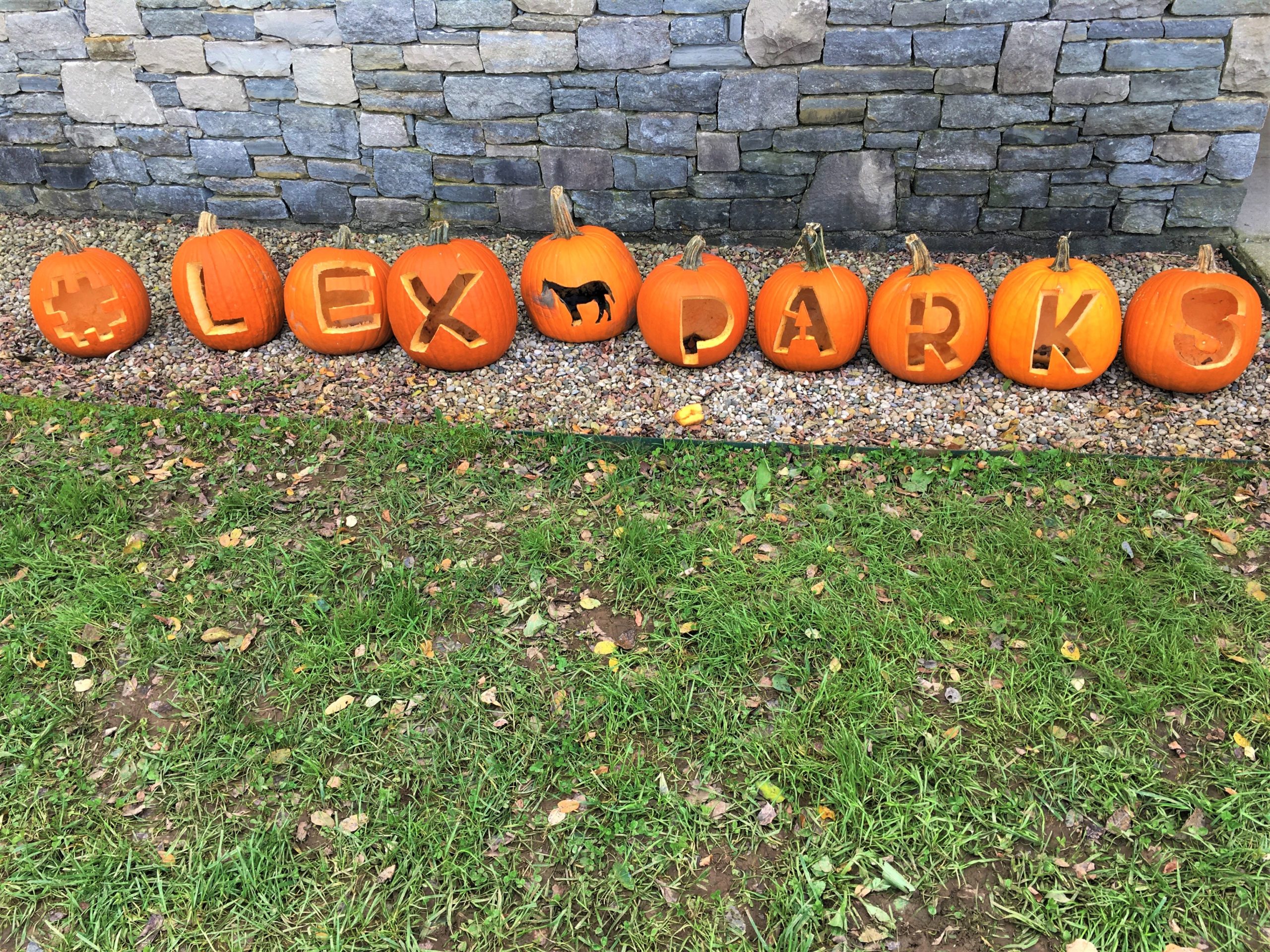
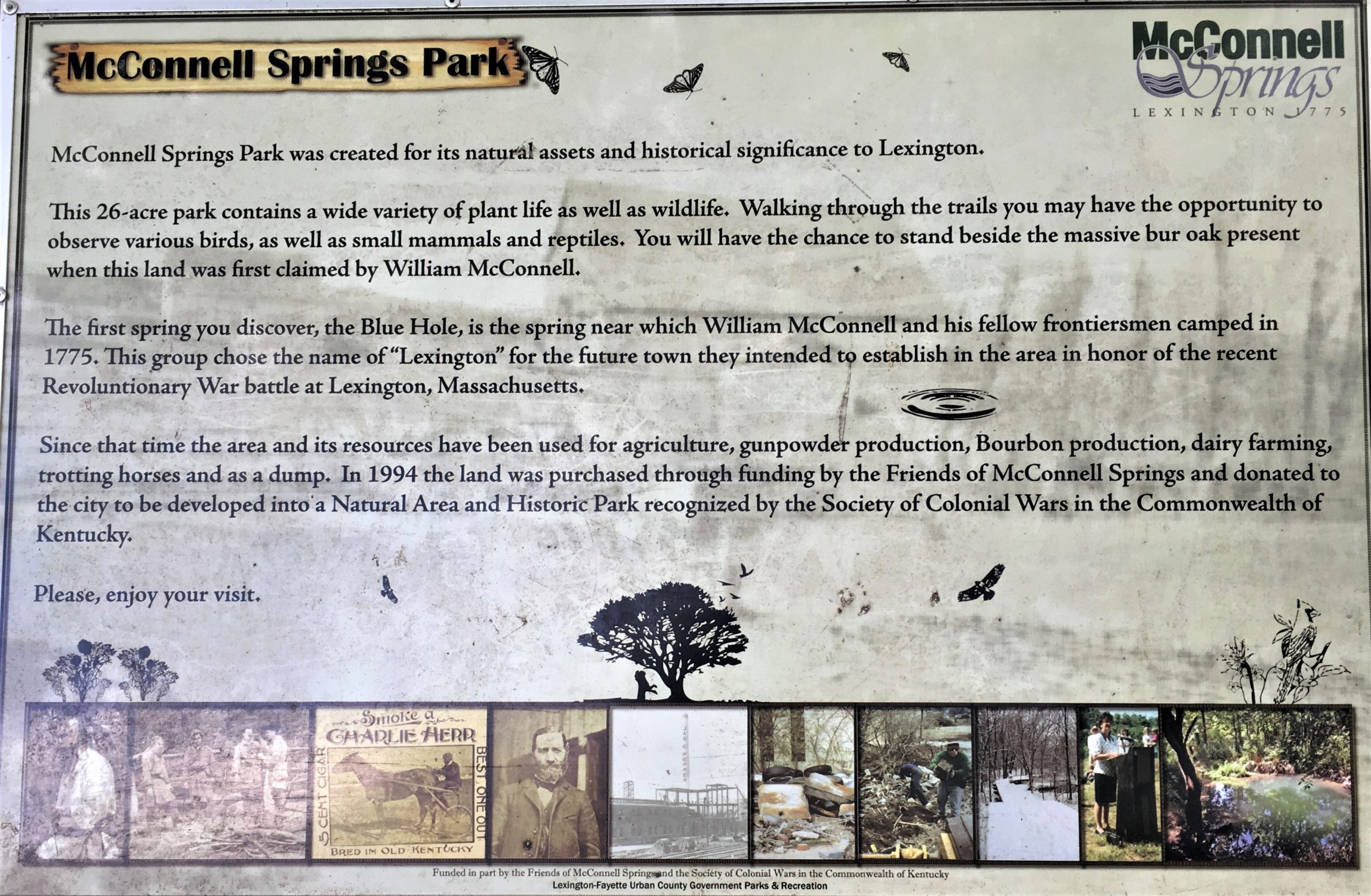
Carved pumpkins lined the trail! So much creativity! I know you can’t really see them all, but they were all unique and someone(s) spent a lot of time carving so many. Plus, it looked like they had candles burning in them at some point.
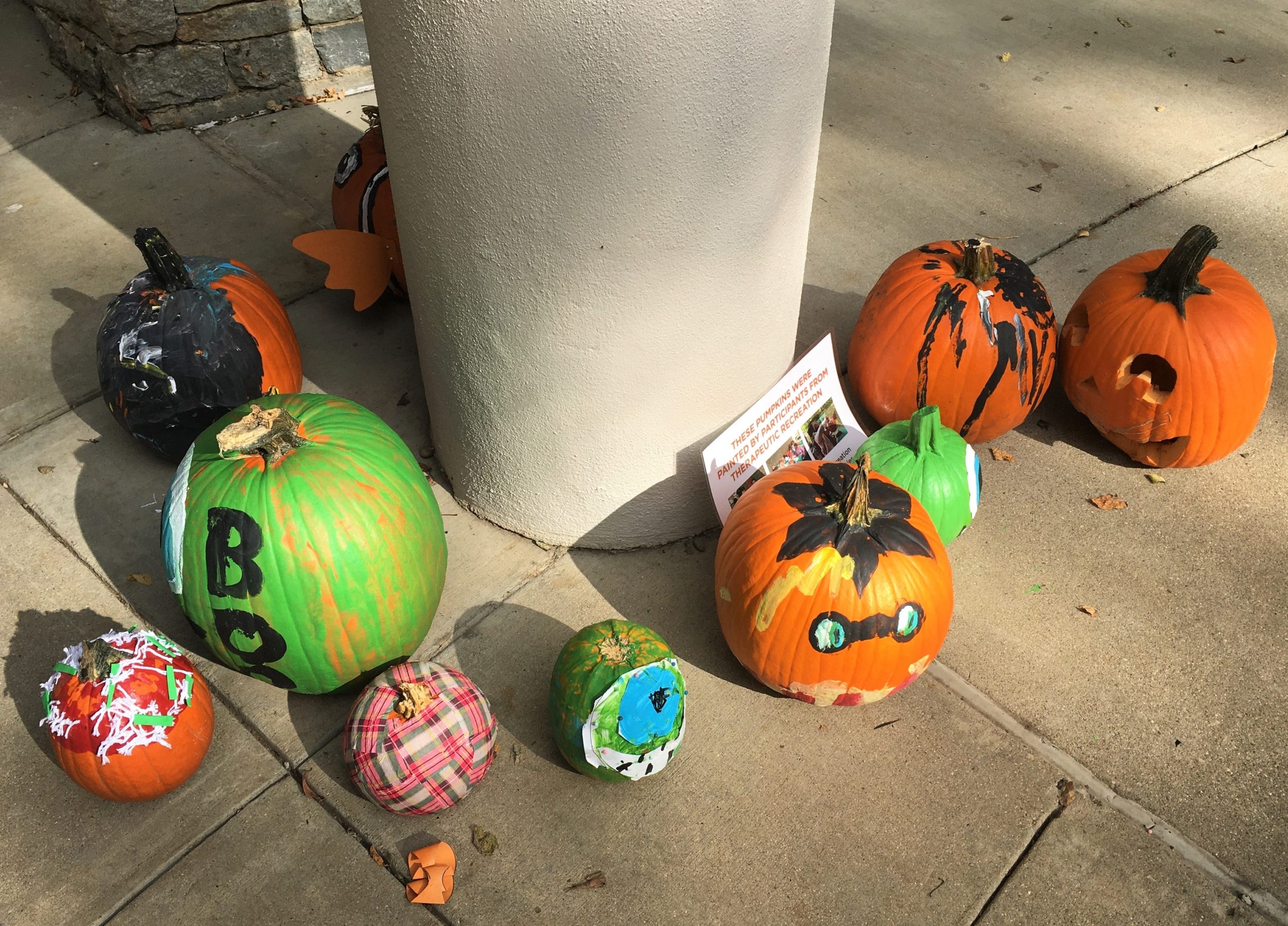
These were around the 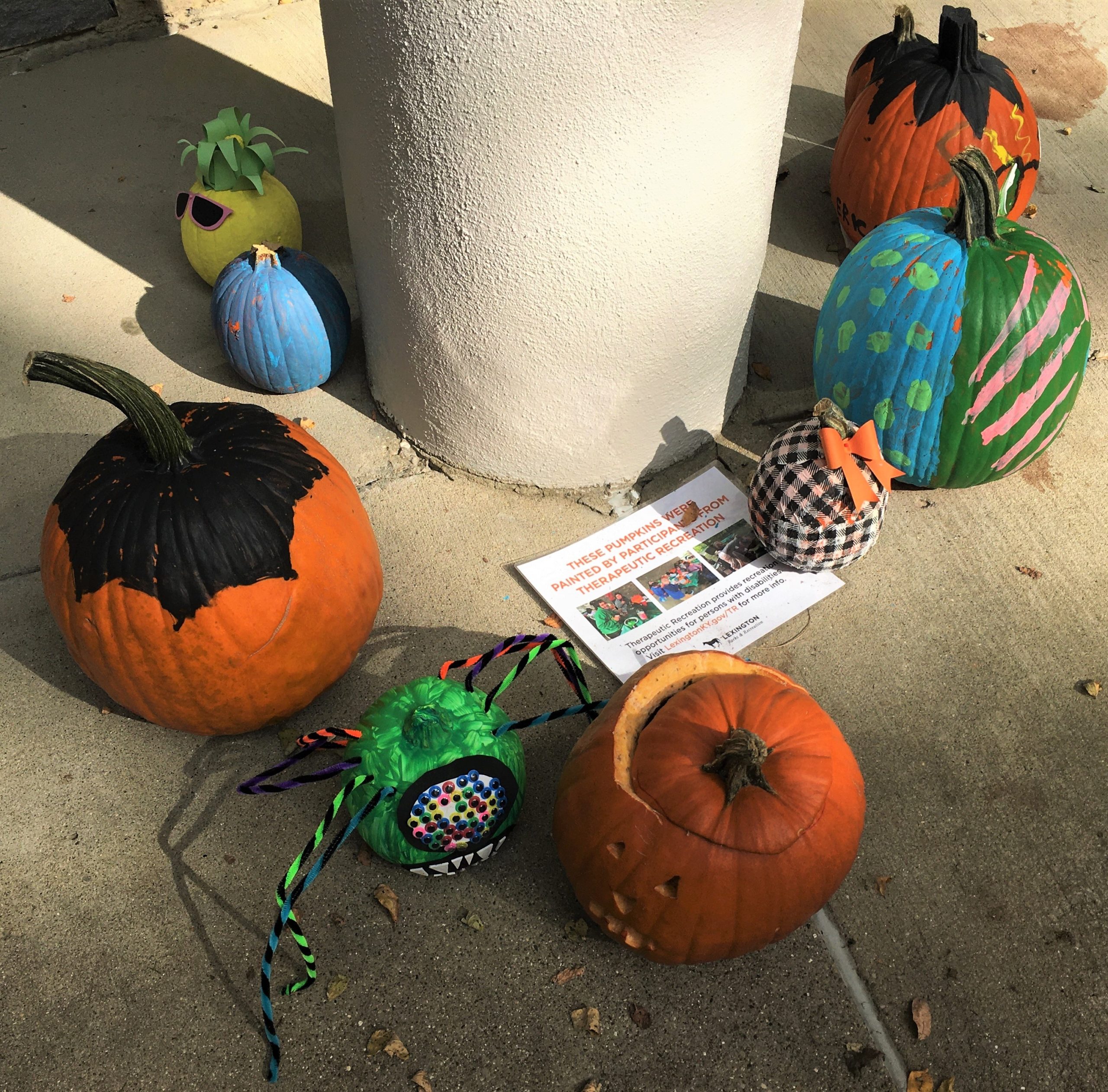
Visitor Center patio
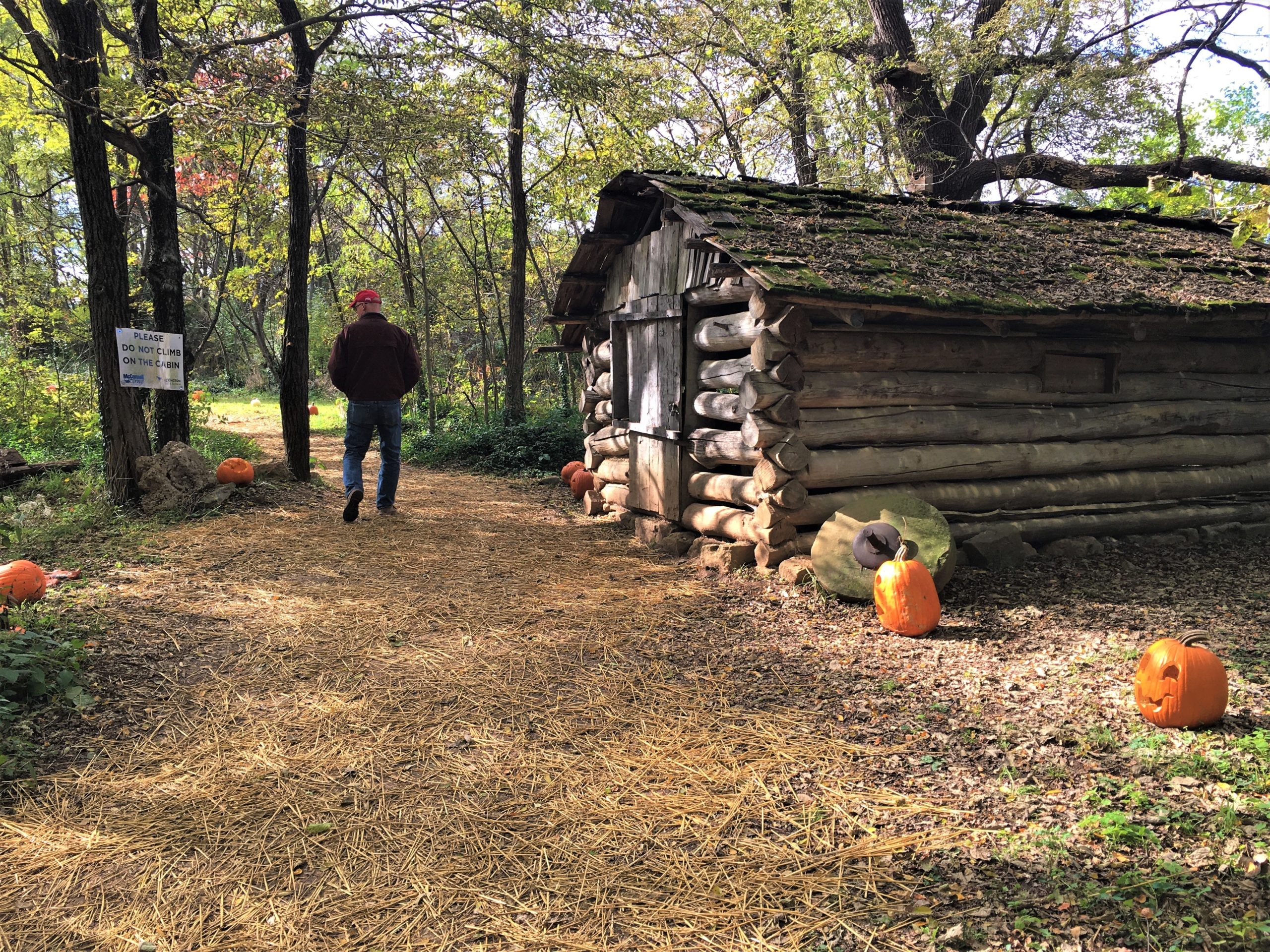

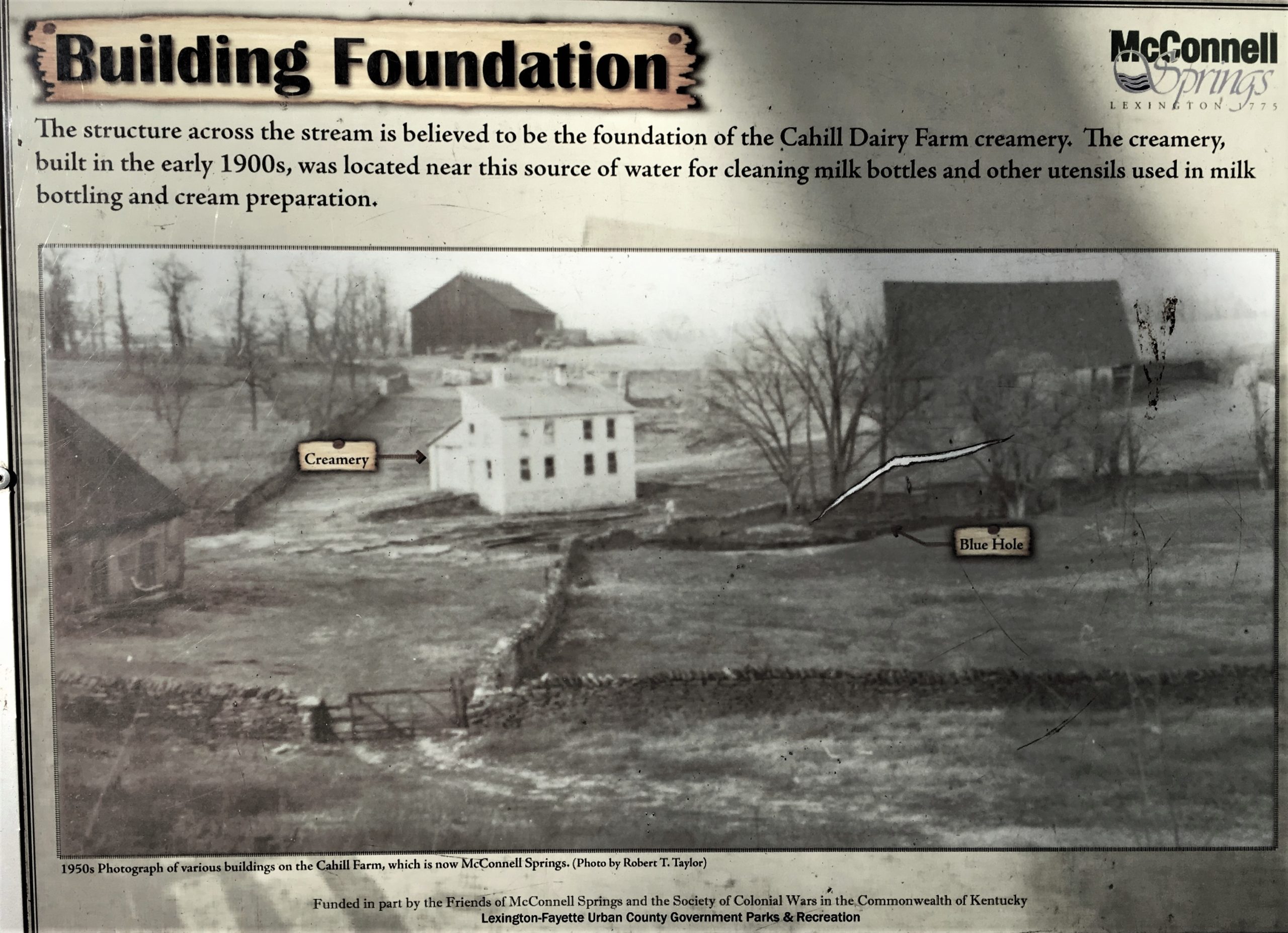
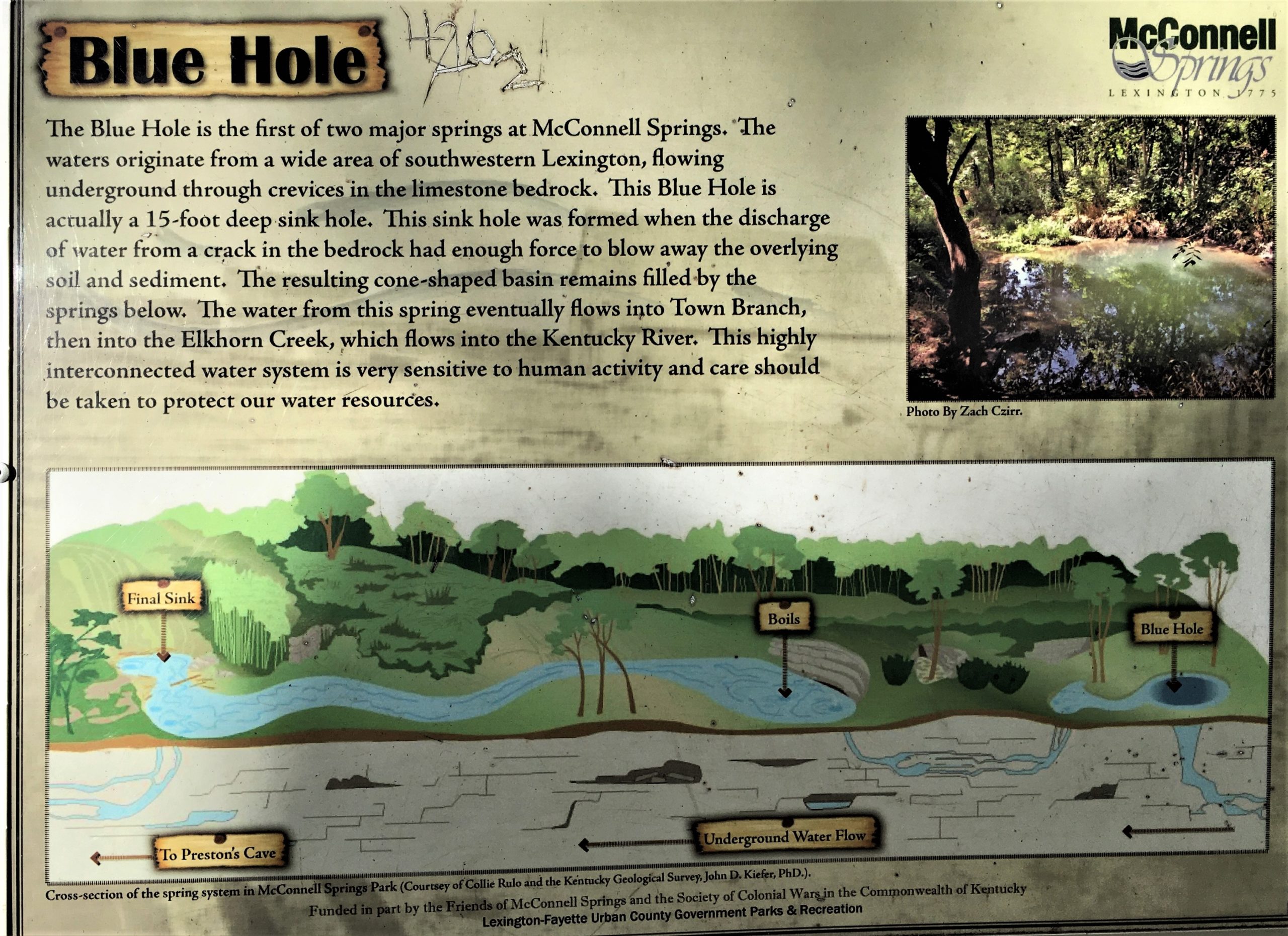
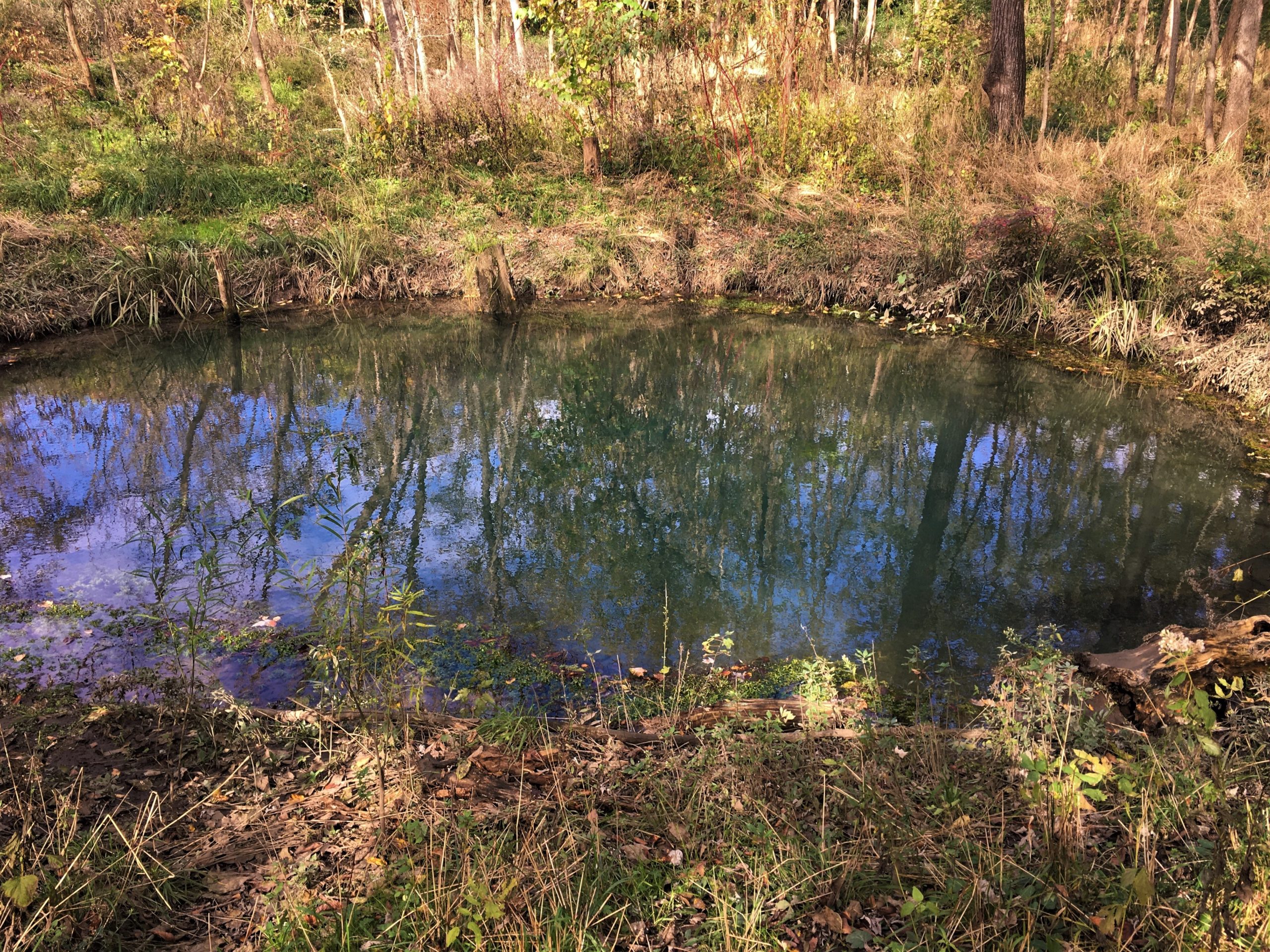

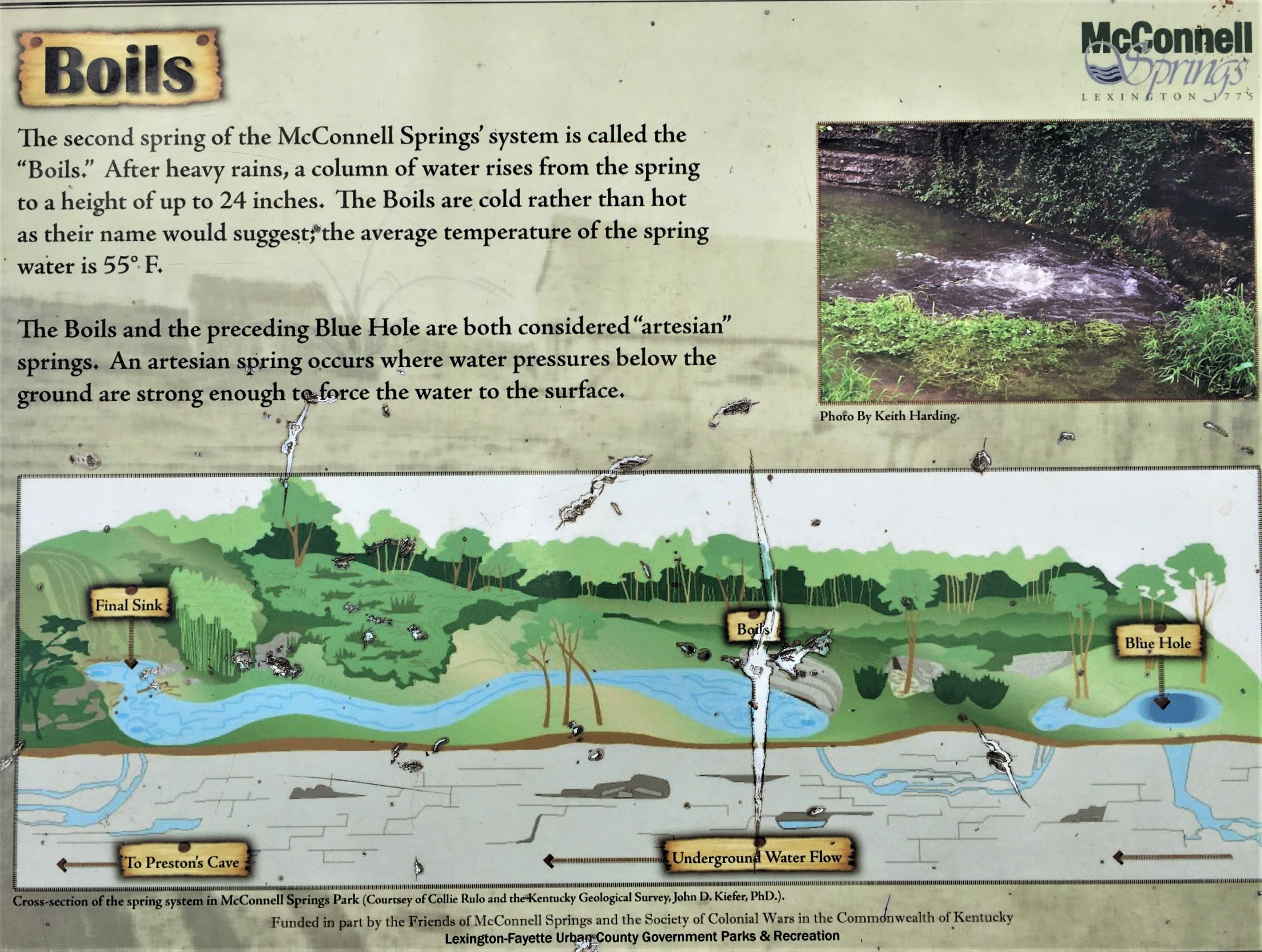
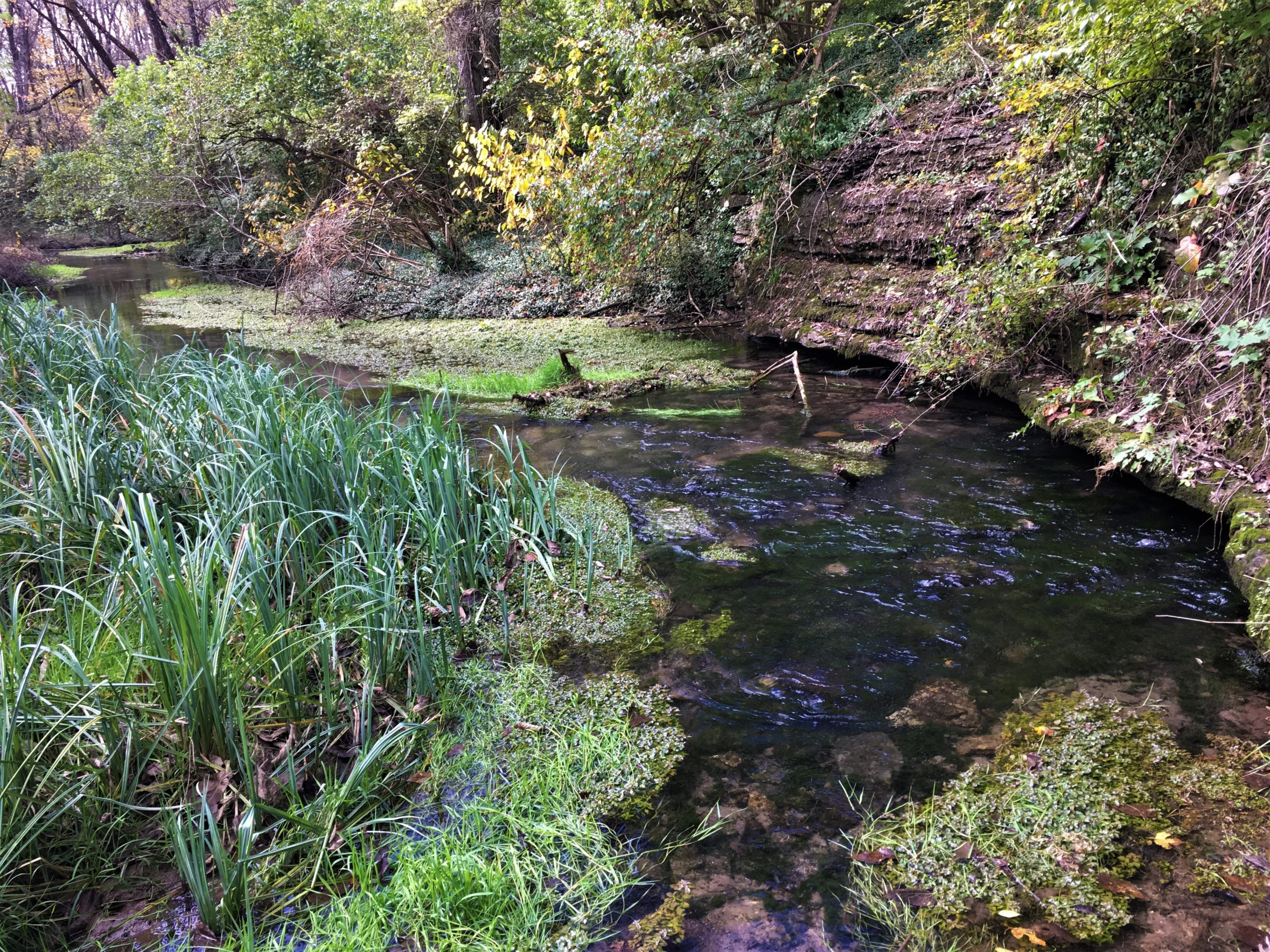
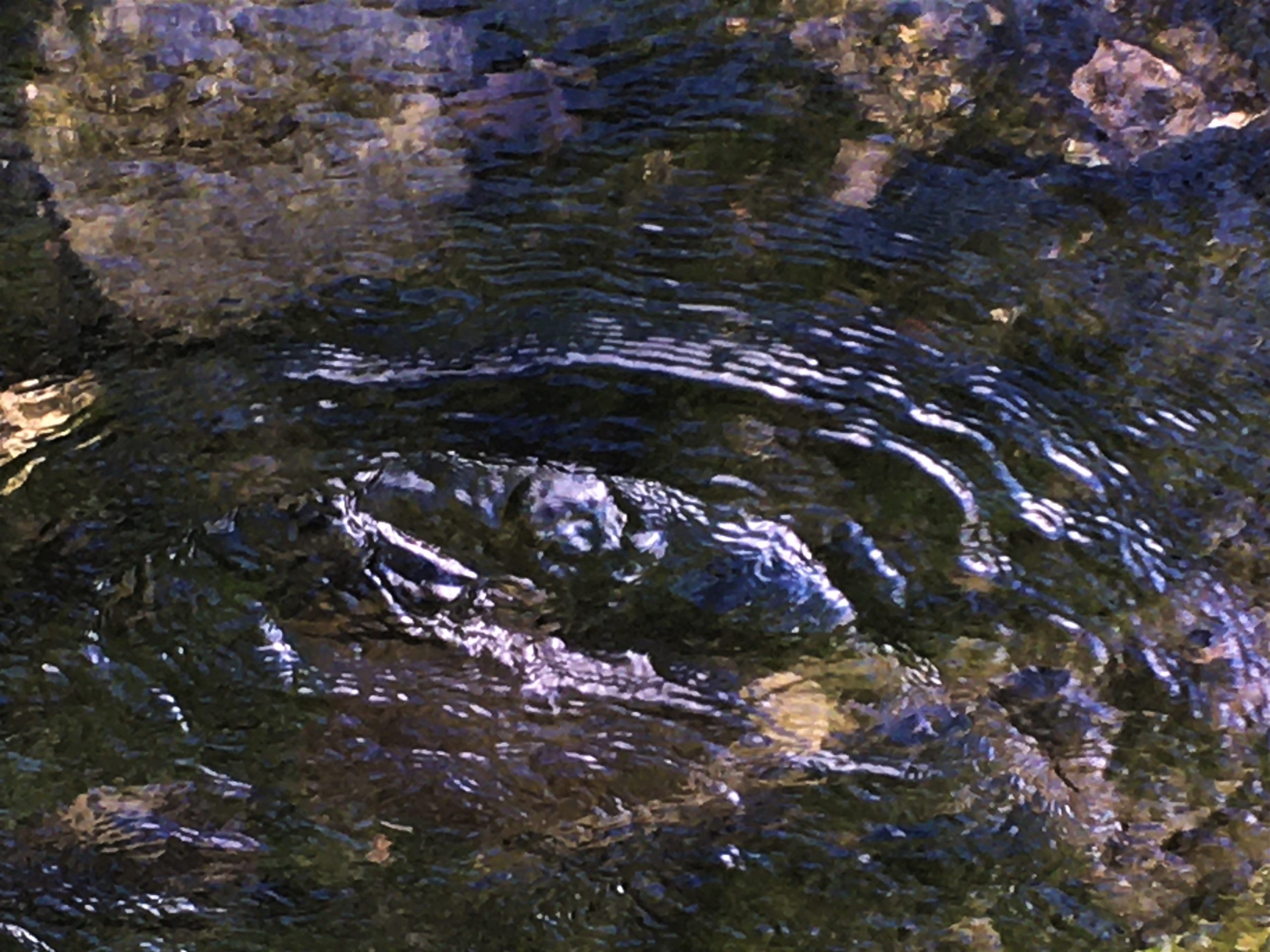
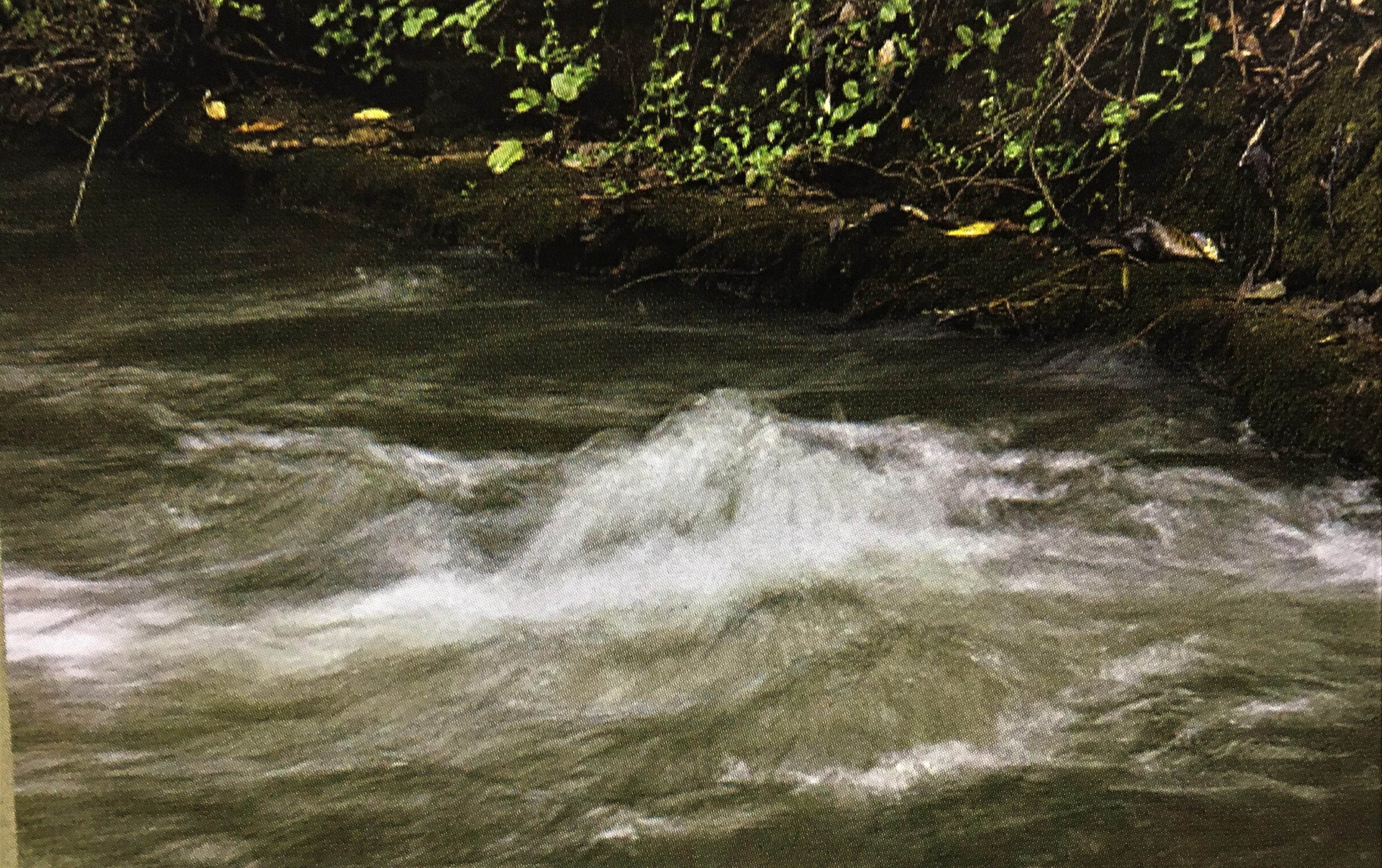
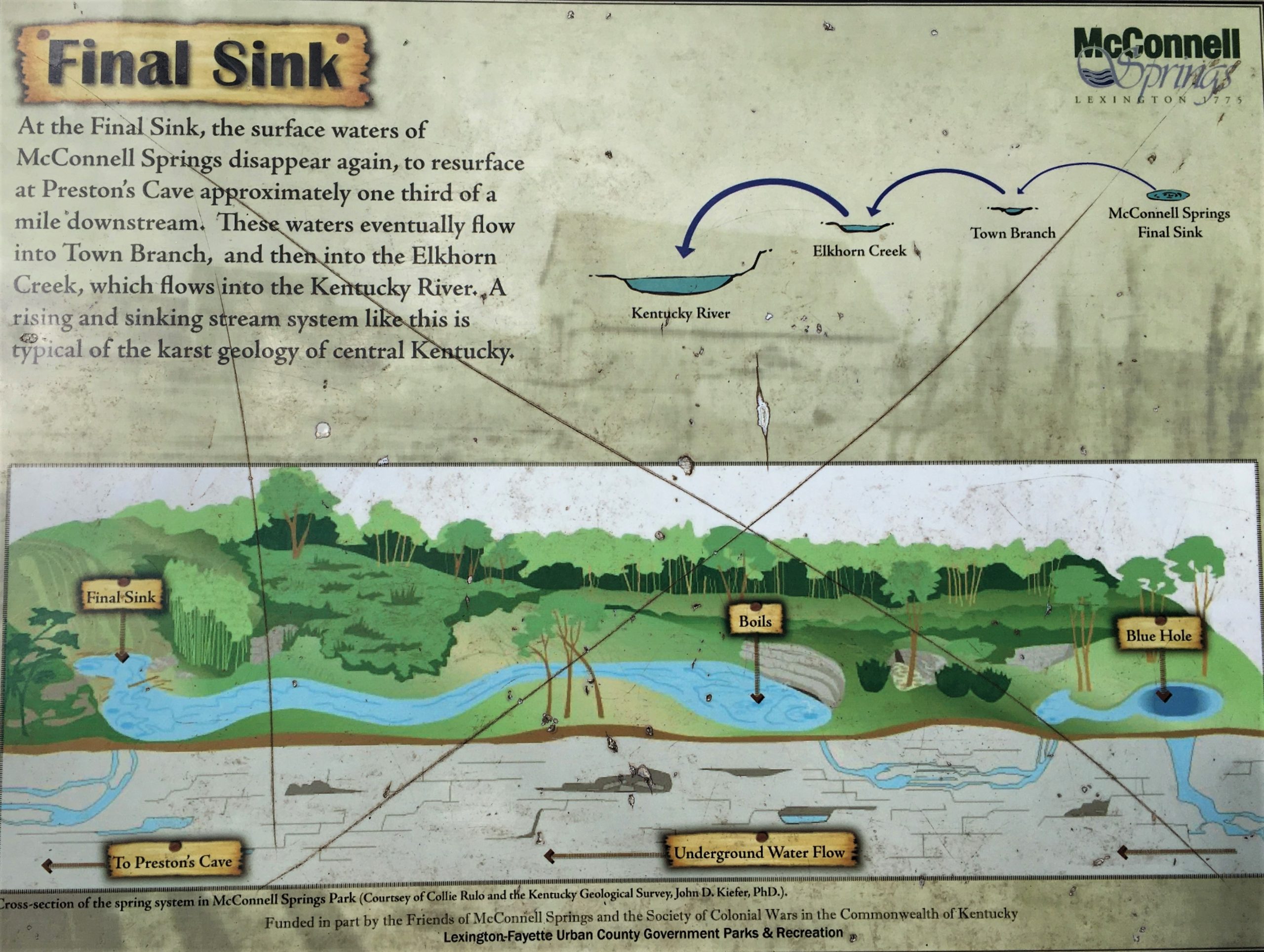
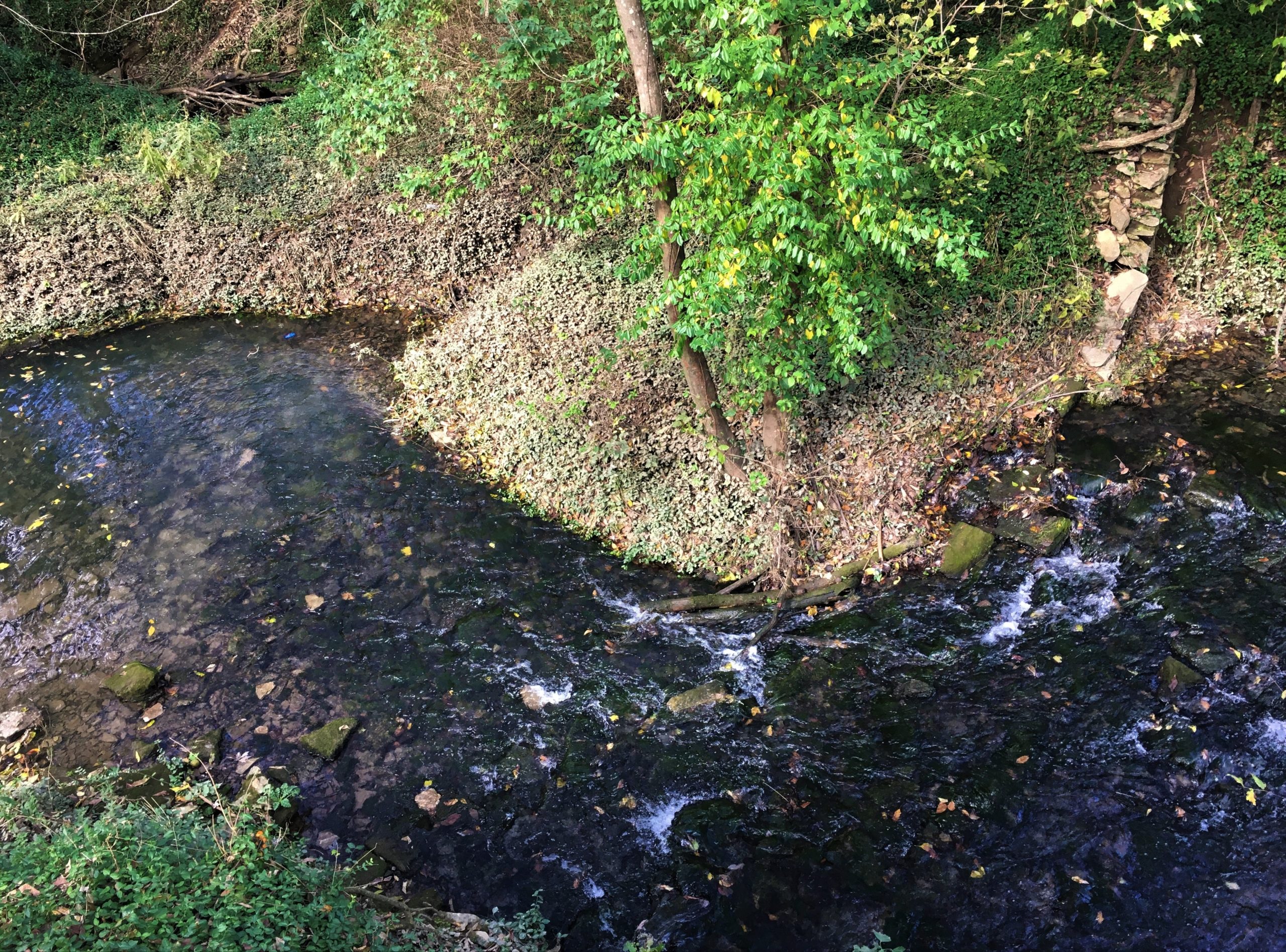

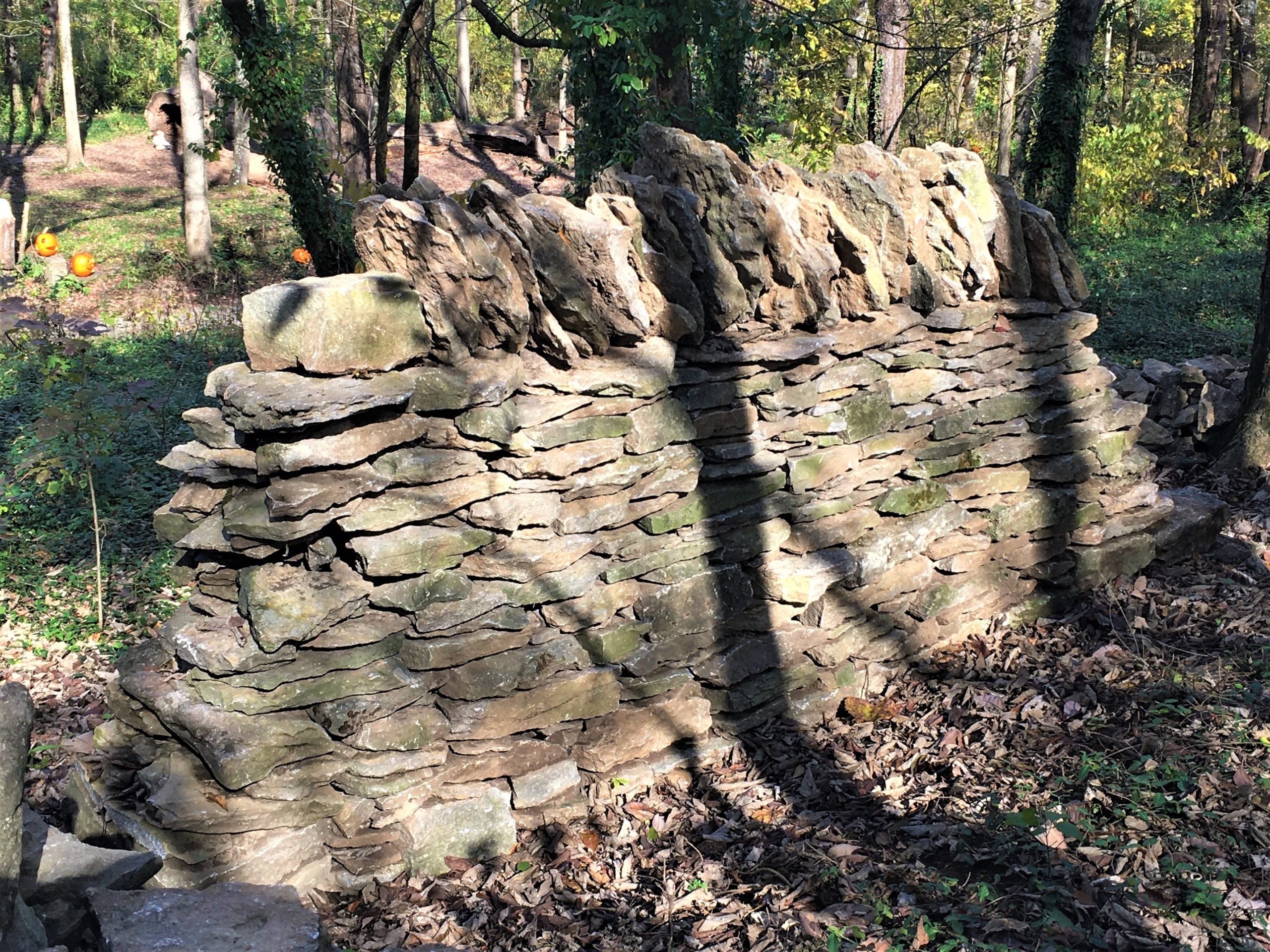


This is the Burr Oak. Massive thing! 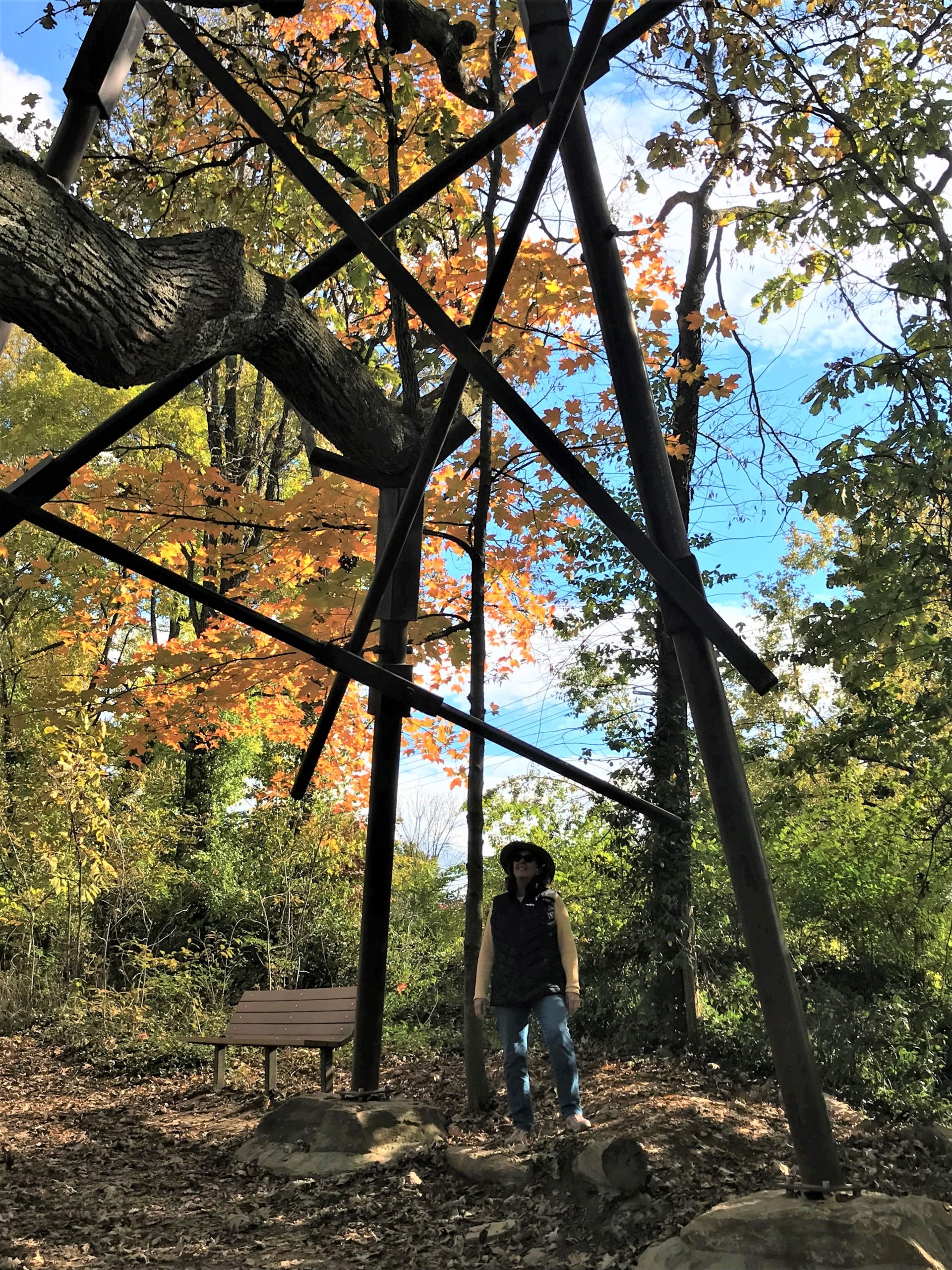
They have branches braced up trying to preserve it.
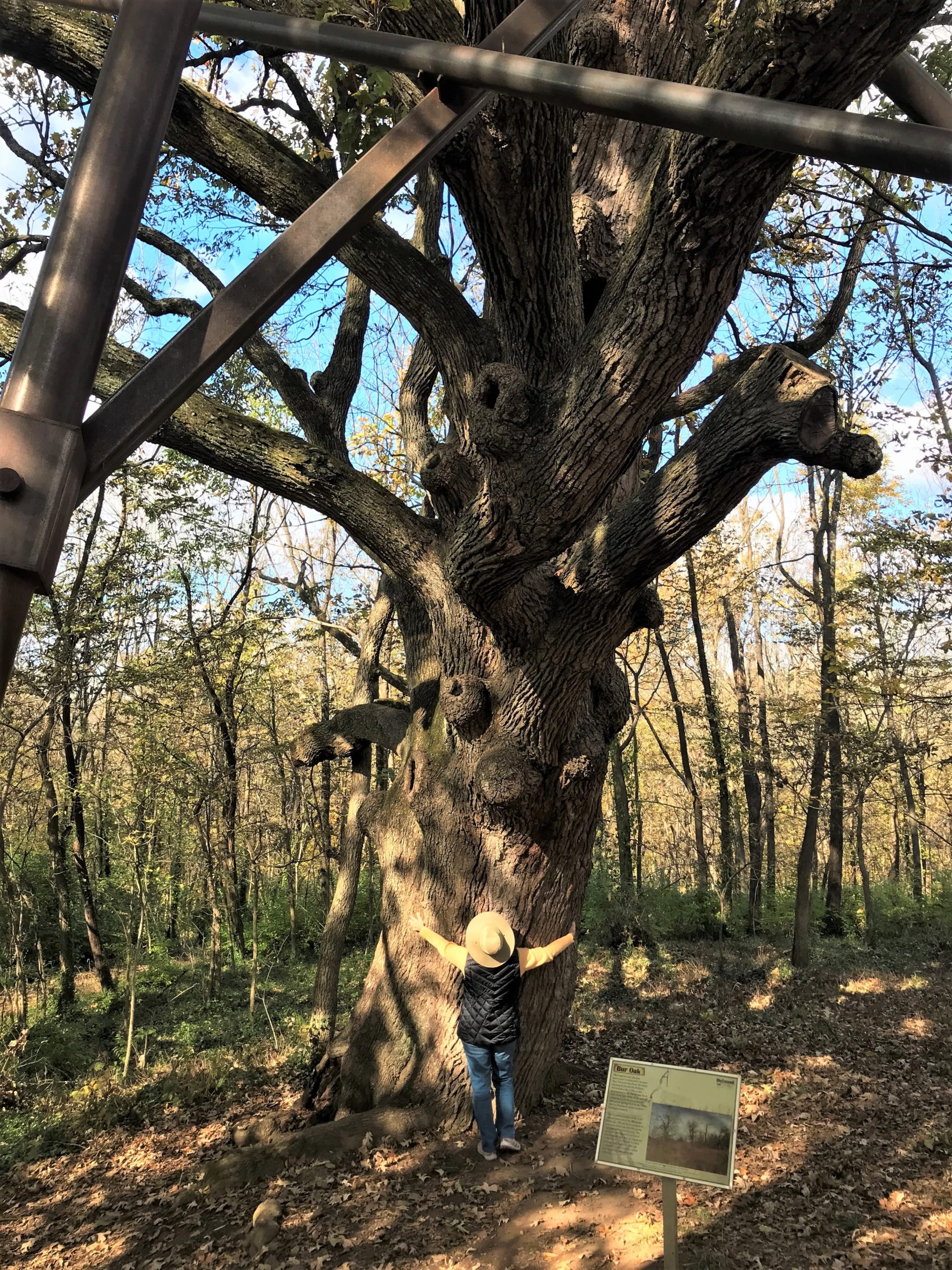
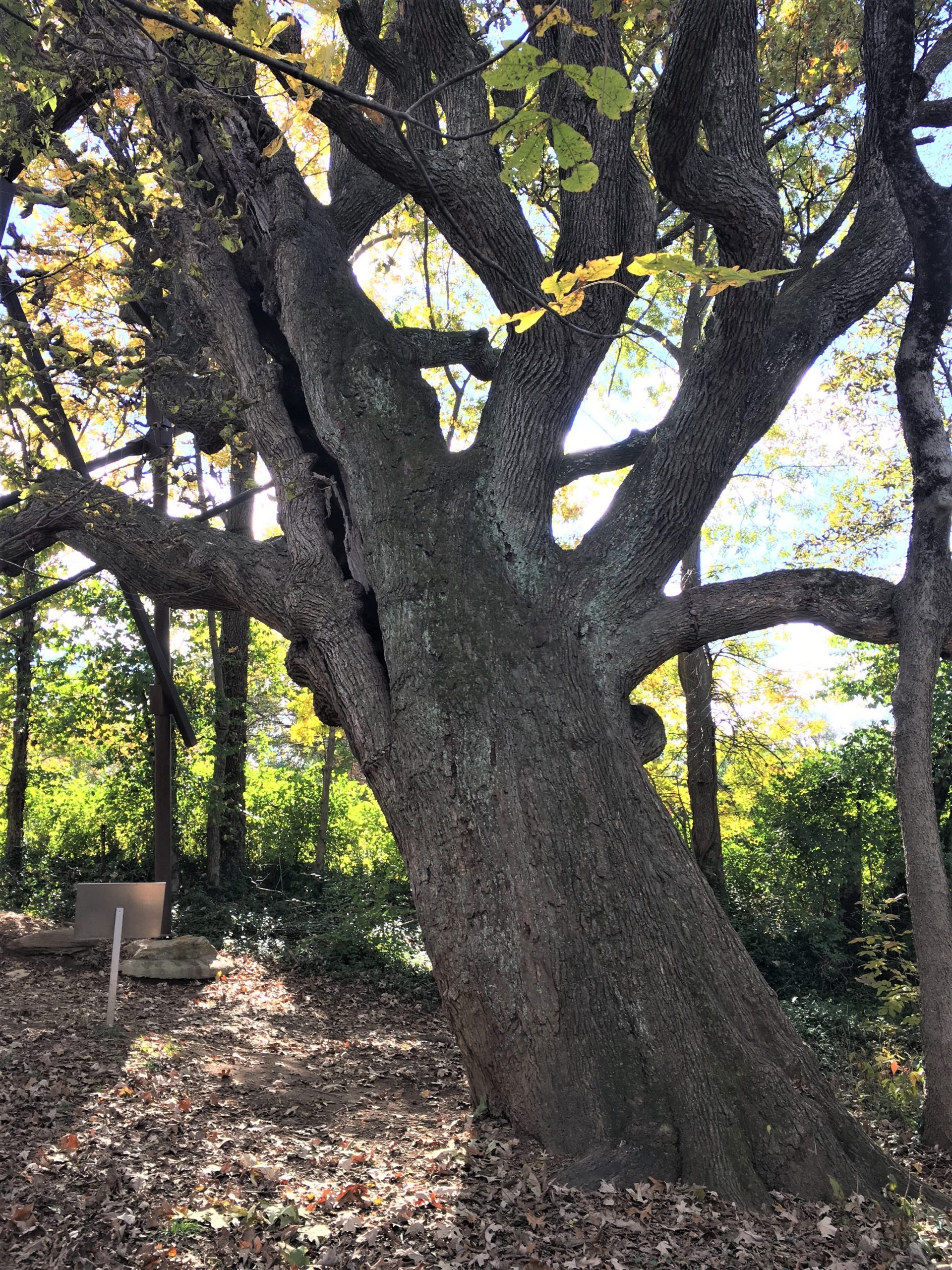
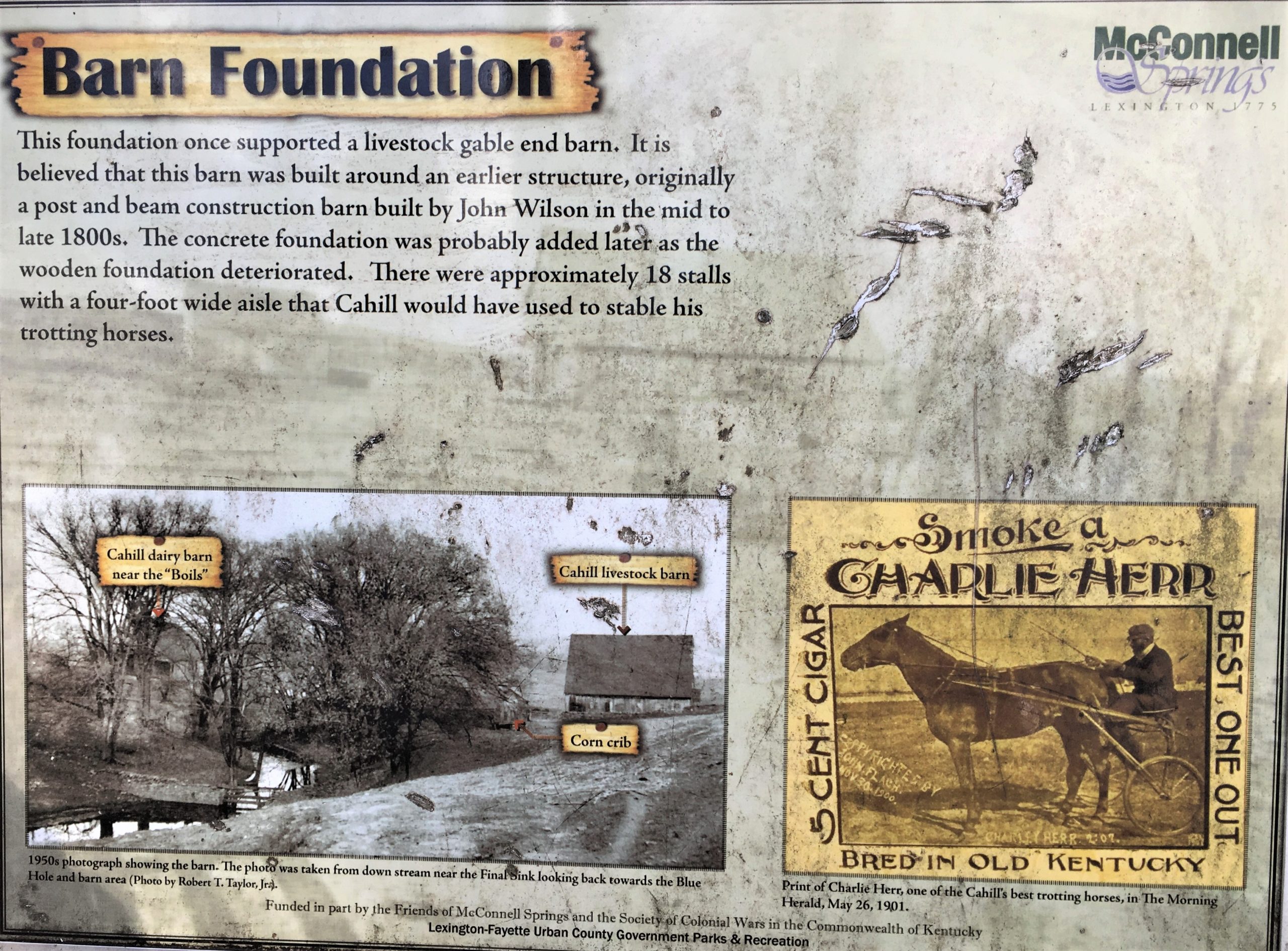
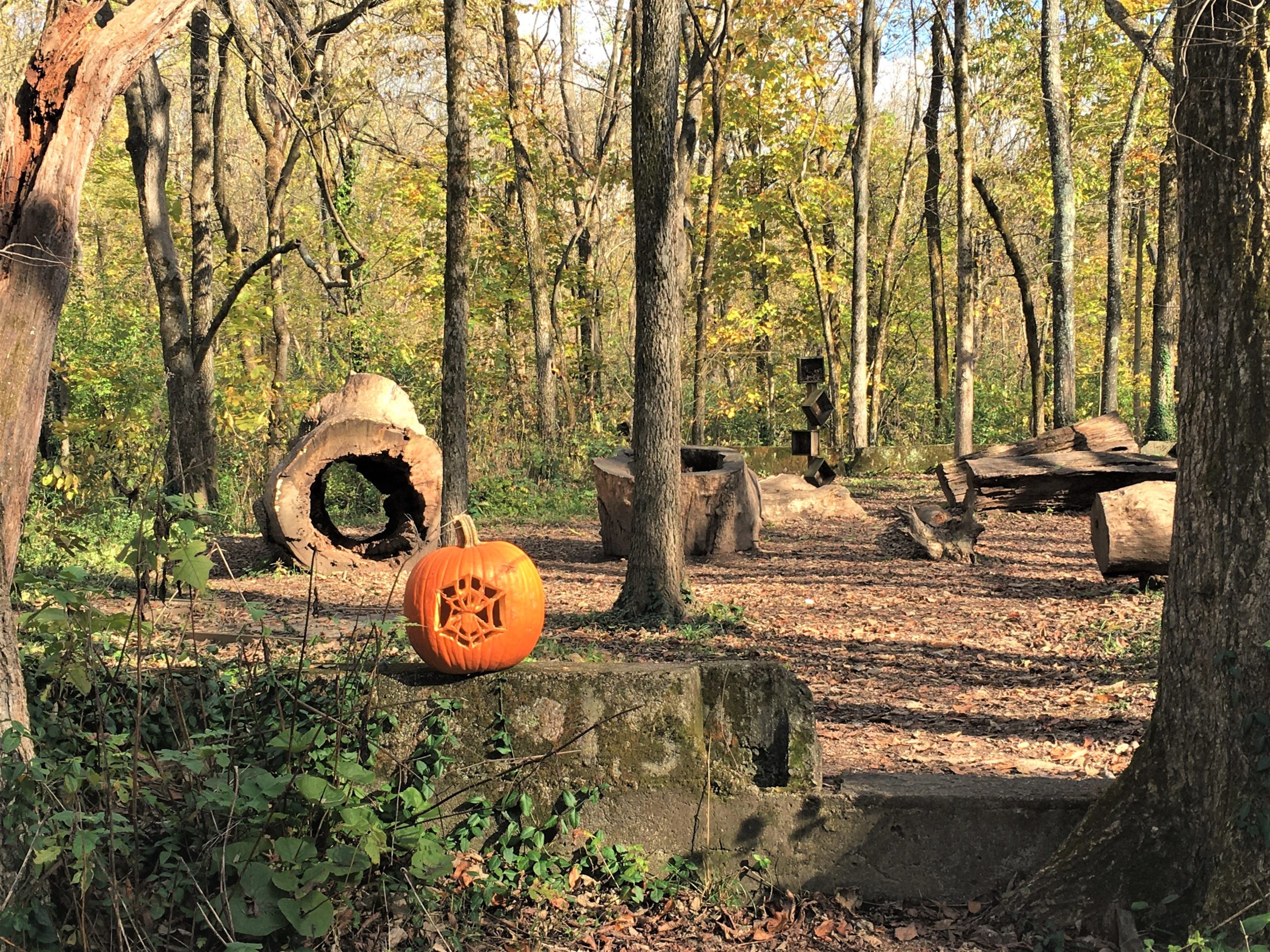
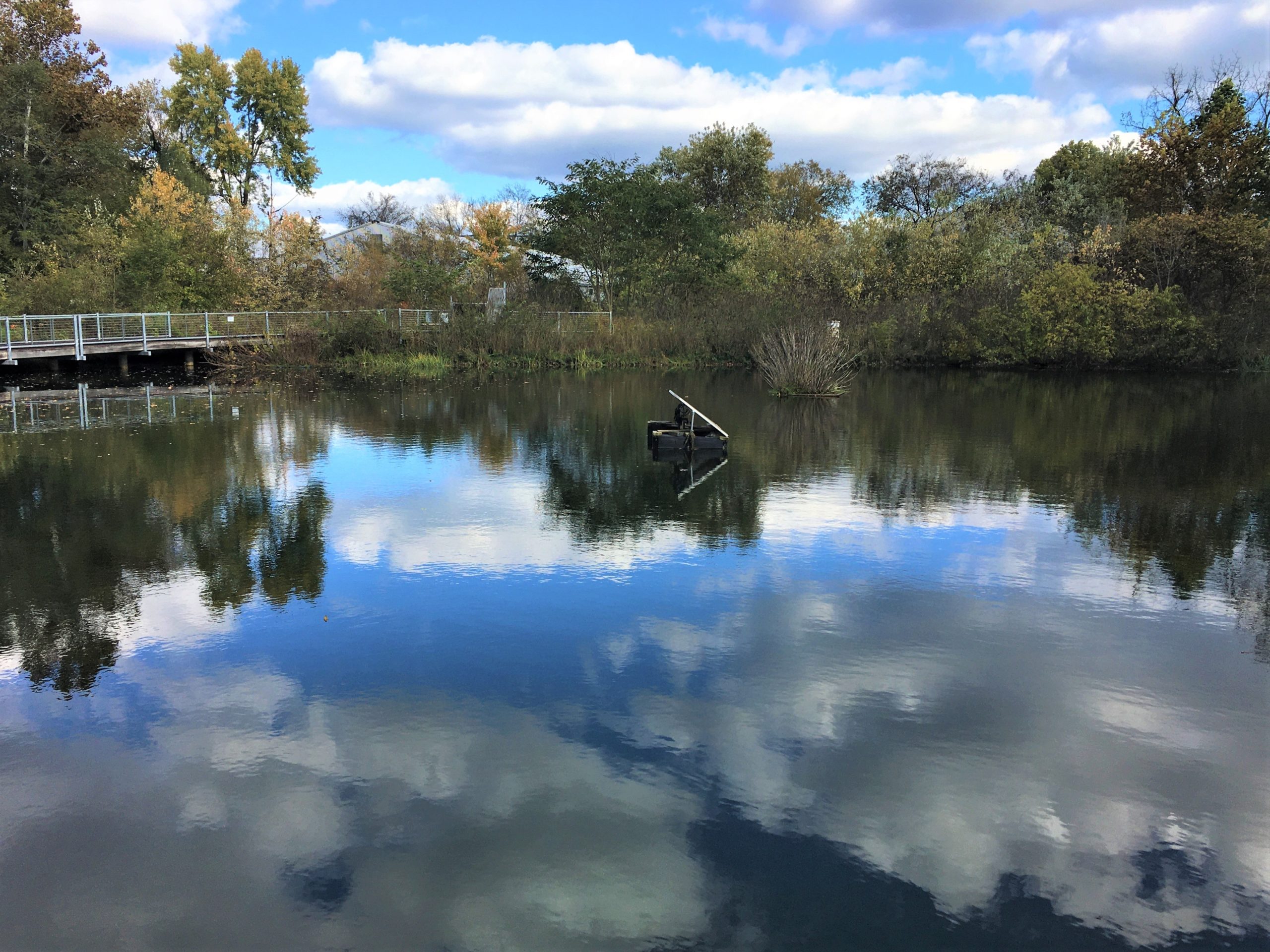
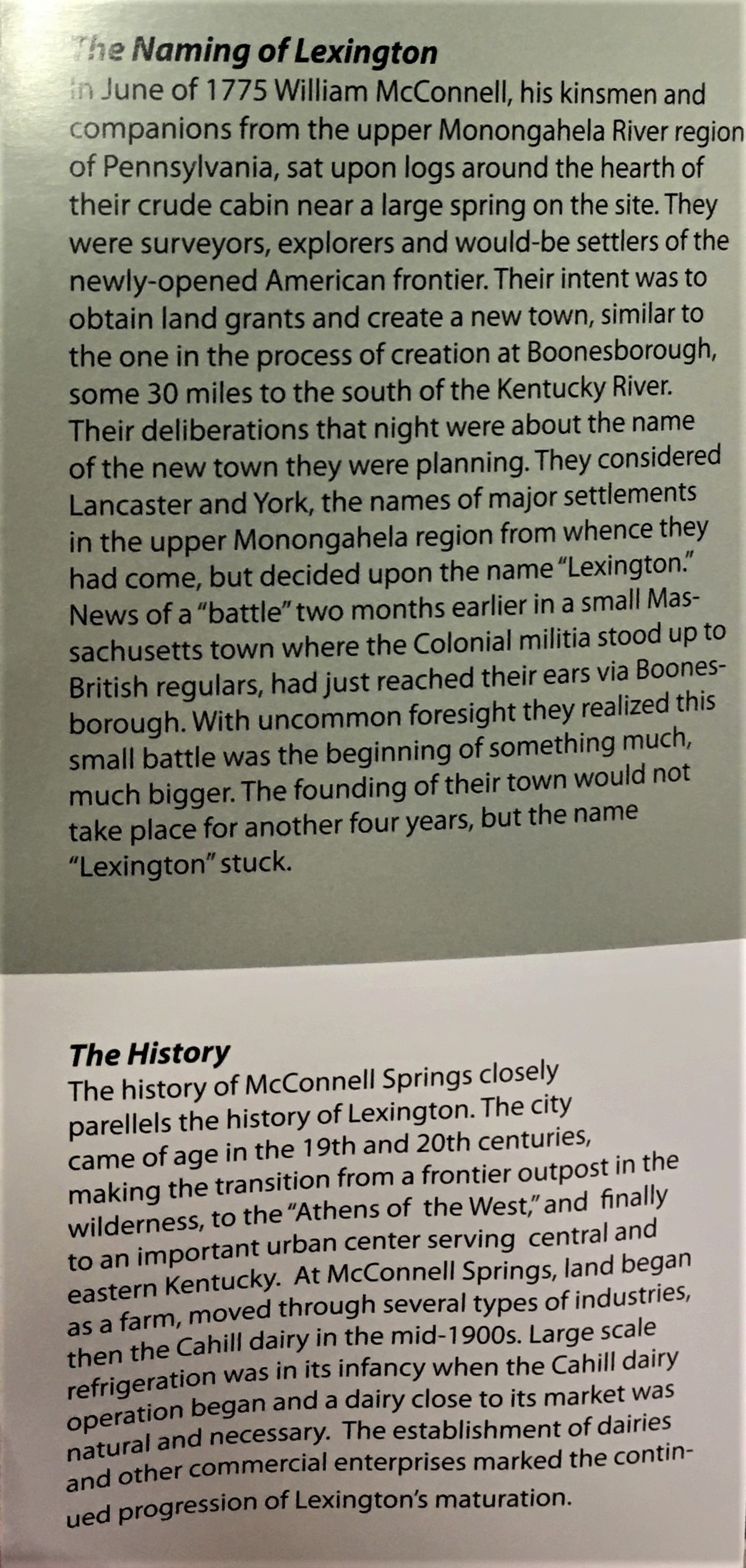
As we were leaving, we discovered a firemen’s training facility and they were training! We were only able to watch for the duration of the traffic light, but it was still interesting!
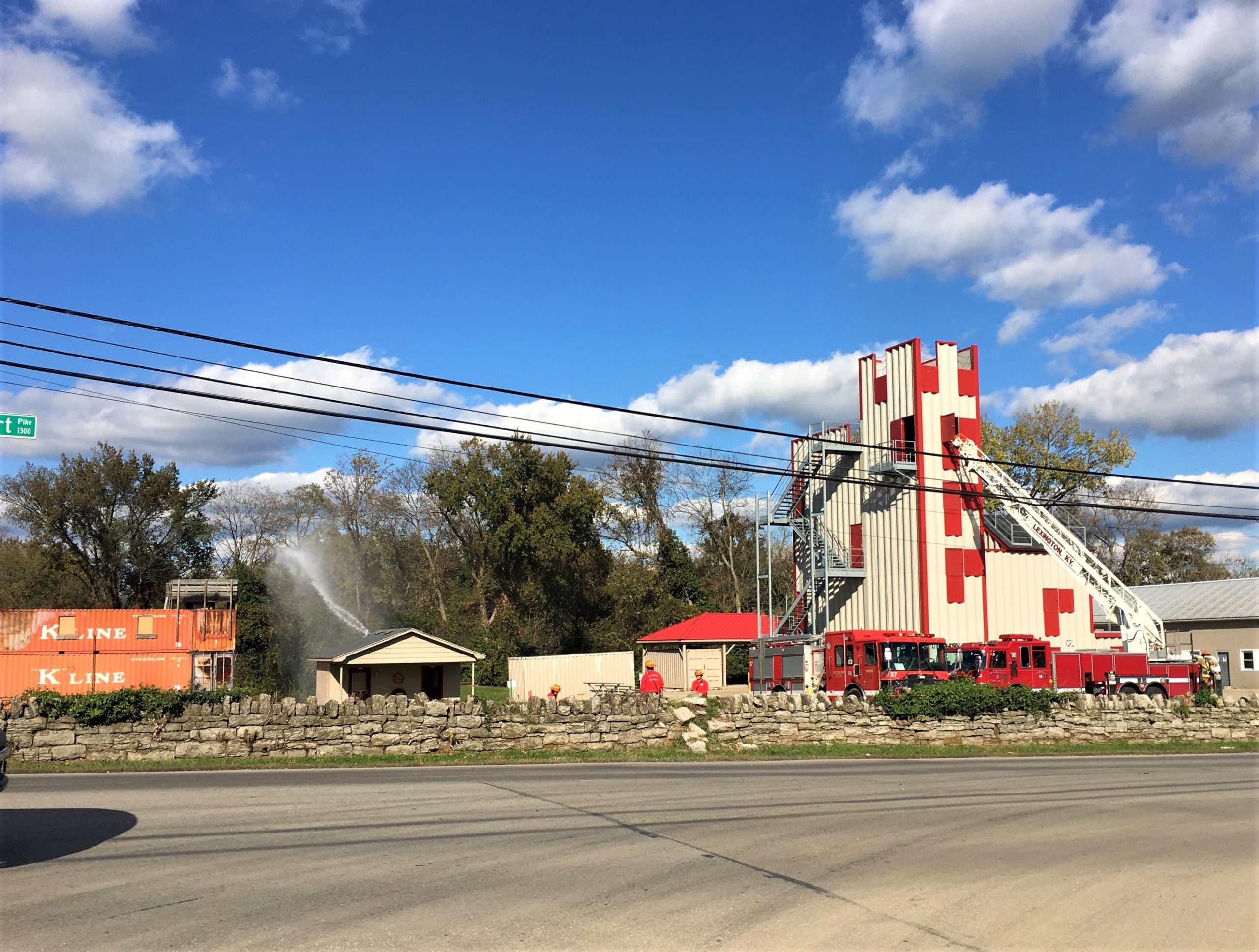
And then, our final stop – Old Kentucky Chocolates! Blaine decided he better indulge me because I was pretty insistent that I wanted chocolate. 😊 Of course, he had no problem with the taste tests offered, nor picking out a few pieces for himself.
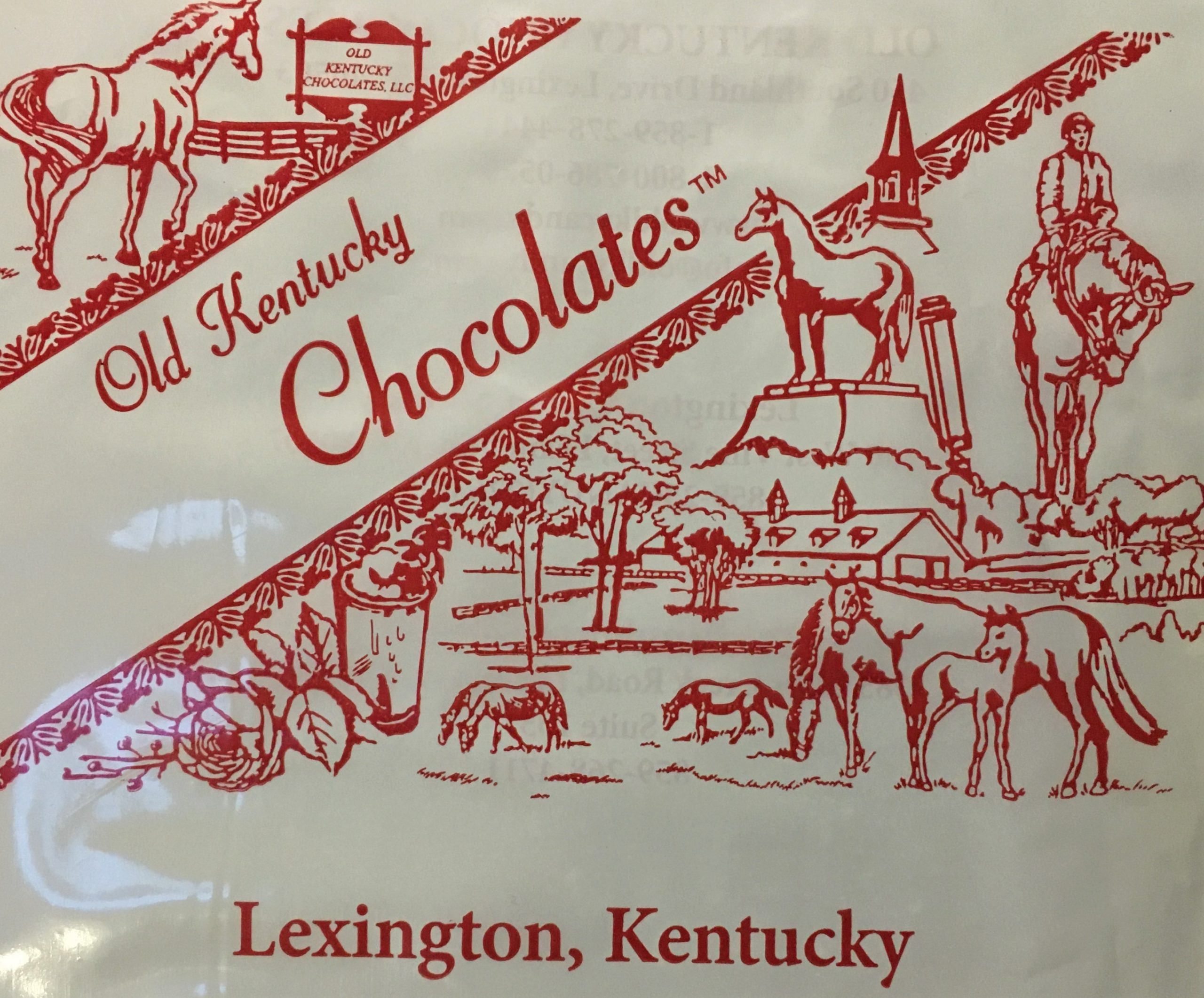
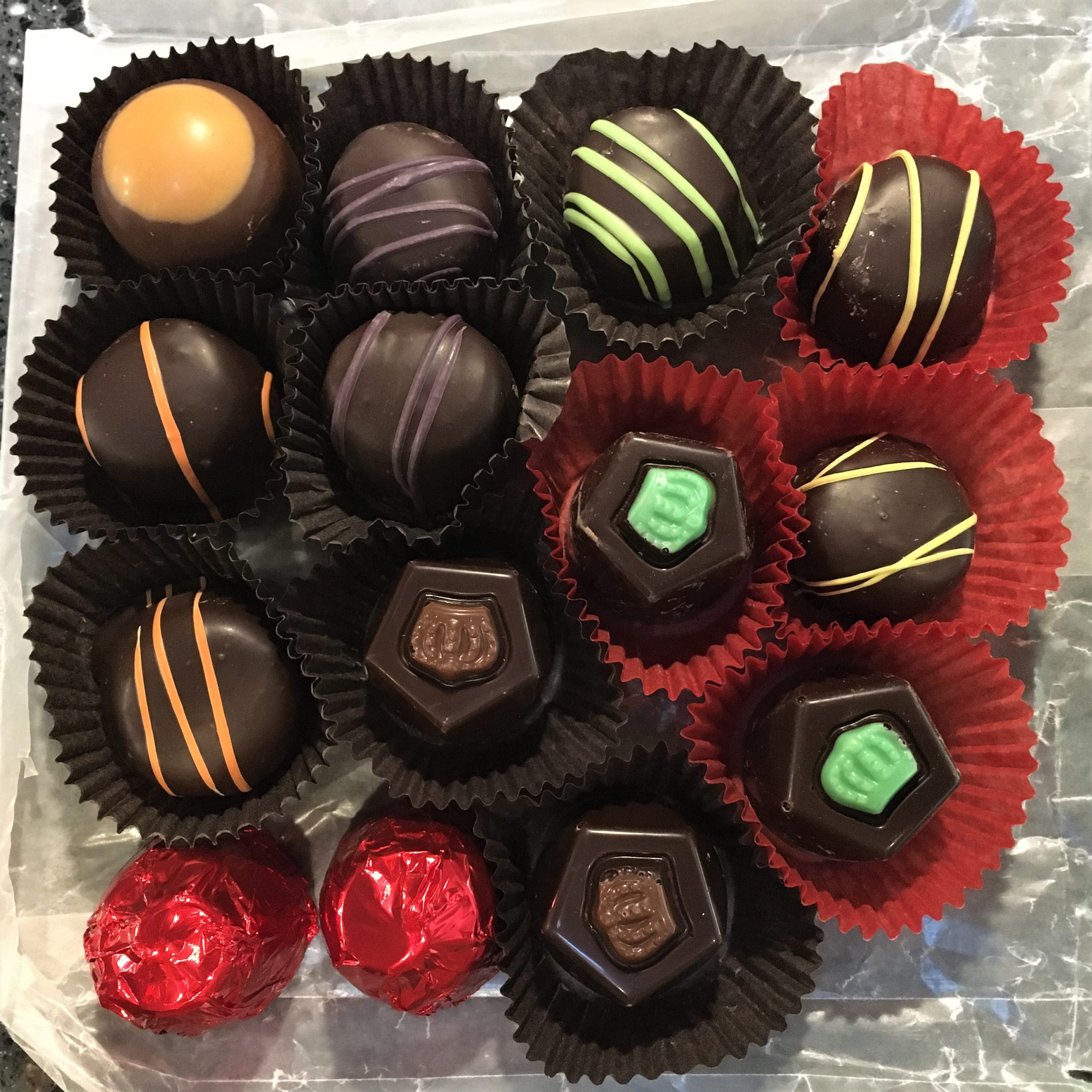
Even better than they look!
So indulgent! So wonderful! For those of you from the Akron, Ohio area, it was very similar to London’s/Fanny Farmer. The kind of chocolate you eat slowly and savor. Mmmm – mmm……

